Product Details
Curved Blades
Unique cutting window can be rotated up to 360° while in the joint
Allow for convex and concave blade orientation
Eliminate the need for removing and bending blades
The inner blade and outer blade are grinded with high speed by 6-axis 5-linkage CNC superhard grinding wheel (CBNC). The edge can be close to the mirror finish, super-sharp (relief angle can be 20 ° ~ 70 ° series), super clean and excellent cutting during surgery. The inner blade and outer blade are finish-grinded repeatedly by CNC high precision grinding machine, so the head internal and external cooperation clearance is between 0.010~0.015mm, which is the precision type. The cutting is free of burrs and wool residue. It is a high-end precision type.
Remarks needed for customization:
1. The overall length of the series specifications above can be customized according to customers’ requirement.
2. Choose the teeth form. (If not the type in our catalog, we can also customize, but require batch quantity. )
3. Need to know the detailed specifications of outer tube and inner tube, such as diameter, total length and tolerance requirement of fine grinding.
LZQ has built its reputation on a high level of service to our customers. Along with the cutting accessories that you will find in this guide, LZQ also offers inventory service, bur and blade organizers with labels Pioneering work commenced as early as the Nineteen Twenties with the work of Eugen Bircher. He published countless papers in the 1920s about his use of arthroscopy of the knee for diagnostic purposes. After diagnosing torn tissue, he used open surgical operation to get rid of or repair the damaged tissue. Initially, he used an electric powered Jacobaeus thoracolaparoscope for his diagnostic procedures, which produced a dim view of the joint. Later, he developed a double-contrast approach to improve visibility. He gave up endoscopy in 1930, and his work was once largely disregarded for quite a few decades.

 +86-021-50327060
+86-021-50327060
 zq@lzqtech.com
zq@lzqtech.com
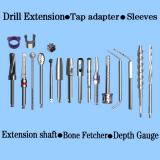 Medical Instrument
We can achieve perfect edge quality and dimensional tolerance up to±0.0005mm (±0.5μm) in the process of micro, ultra-long, ultra-thin, super-abrasive, impact-resistant, high-precision and combined ... VIEW MORE
Medical Instrument
We can achieve perfect edge quality and dimensional tolerance up to±0.0005mm (±0.5μm) in the process of micro, ultra-long, ultra-thin, super-abrasive, impact-resistant, high-precision and combined ... VIEW MORE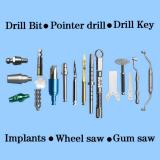 Implant
Corresponding and matching drills and tools of different types, forms, shapes, structures can be high precisely ground to mold according to different brands and different types of implants forms, shap... VIEW MORE
Implant
Corresponding and matching drills and tools of different types, forms, shapes, structures can be high precisely ground to mold according to different brands and different types of implants forms, shap... VIEW MORE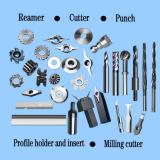 Cutting Tools
Super-hardness machining for special, non-standard new ite ms with different size and tolerance. VIEW MORE
Cutting Tools
Super-hardness machining for special, non-standard new ite ms with different size and tolerance. VIEW MORE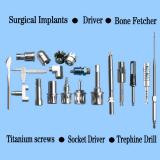 Accessory Parts
we can customize for you according to your samples or drawings for any manufacturing of ceramic,carbide,stainless high-speed steel, stainless steel, titanium alloy, titanium diamond, etc series, hig... VIEW MORE
Accessory Parts
we can customize for you according to your samples or drawings for any manufacturing of ceramic,carbide,stainless high-speed steel, stainless steel, titanium alloy, titanium diamond, etc series, hig... VIEW MORE

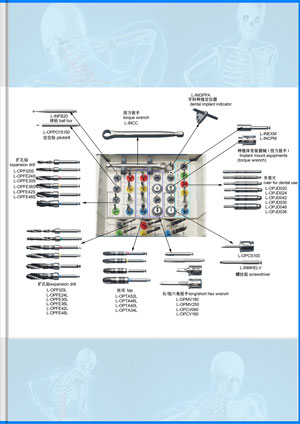
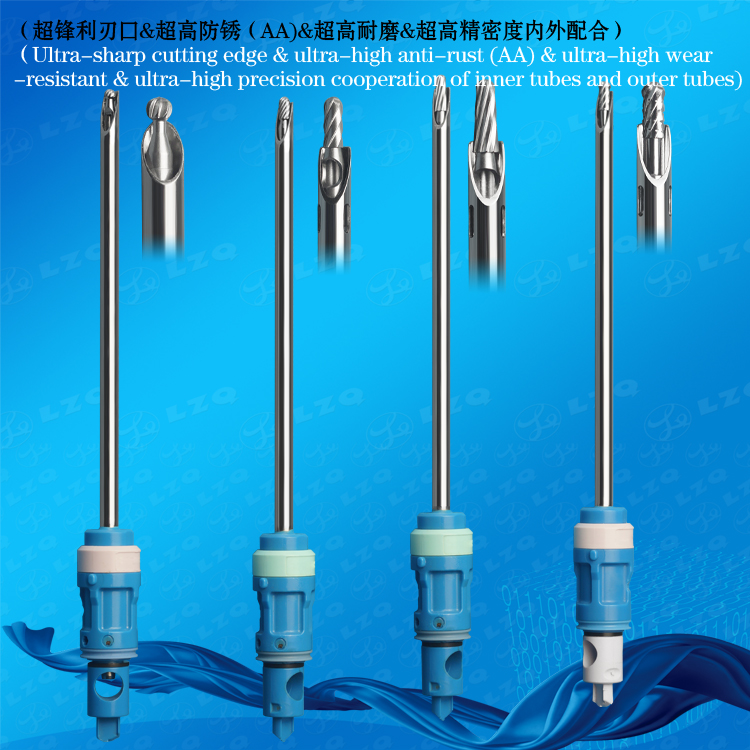
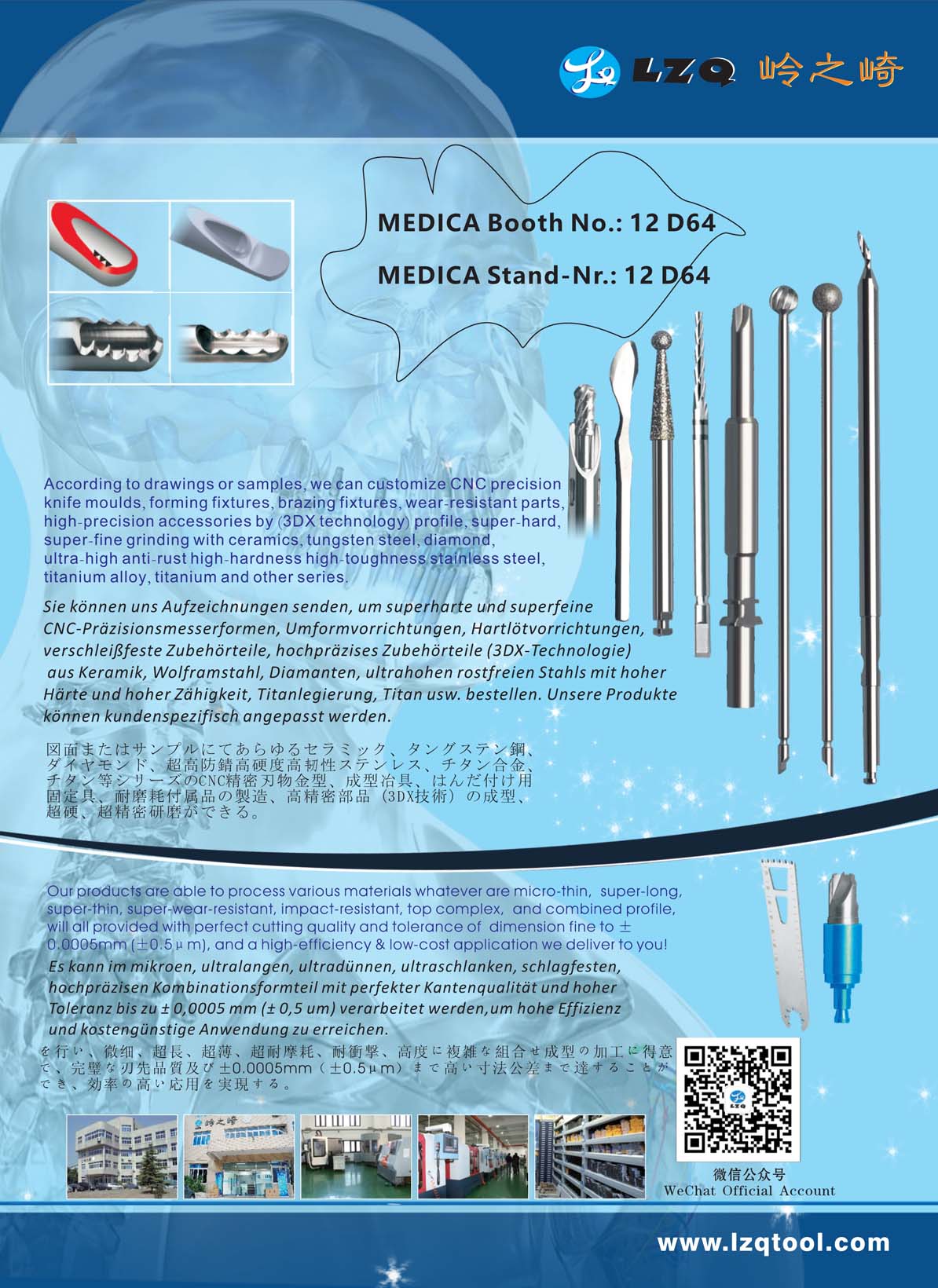
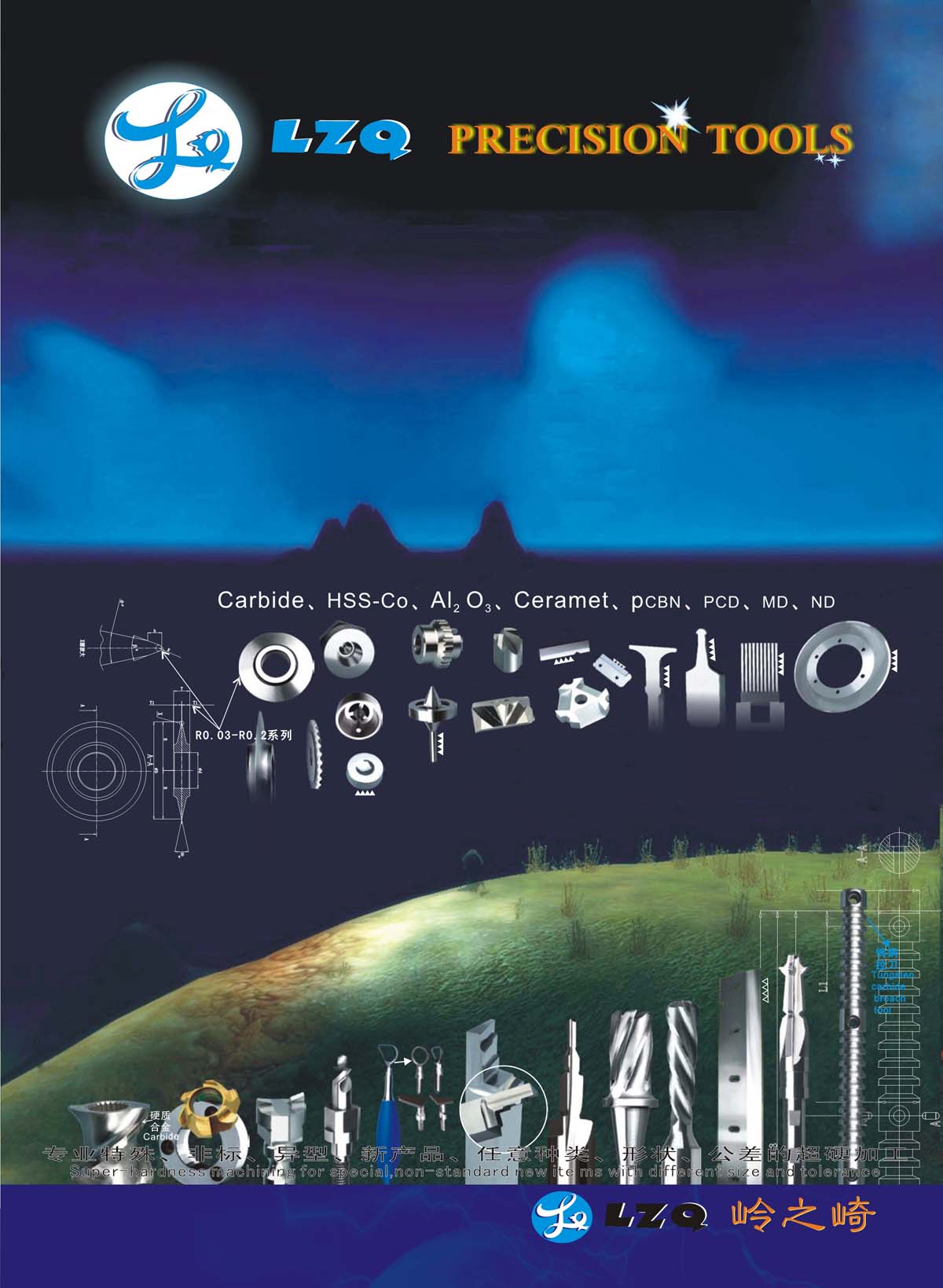
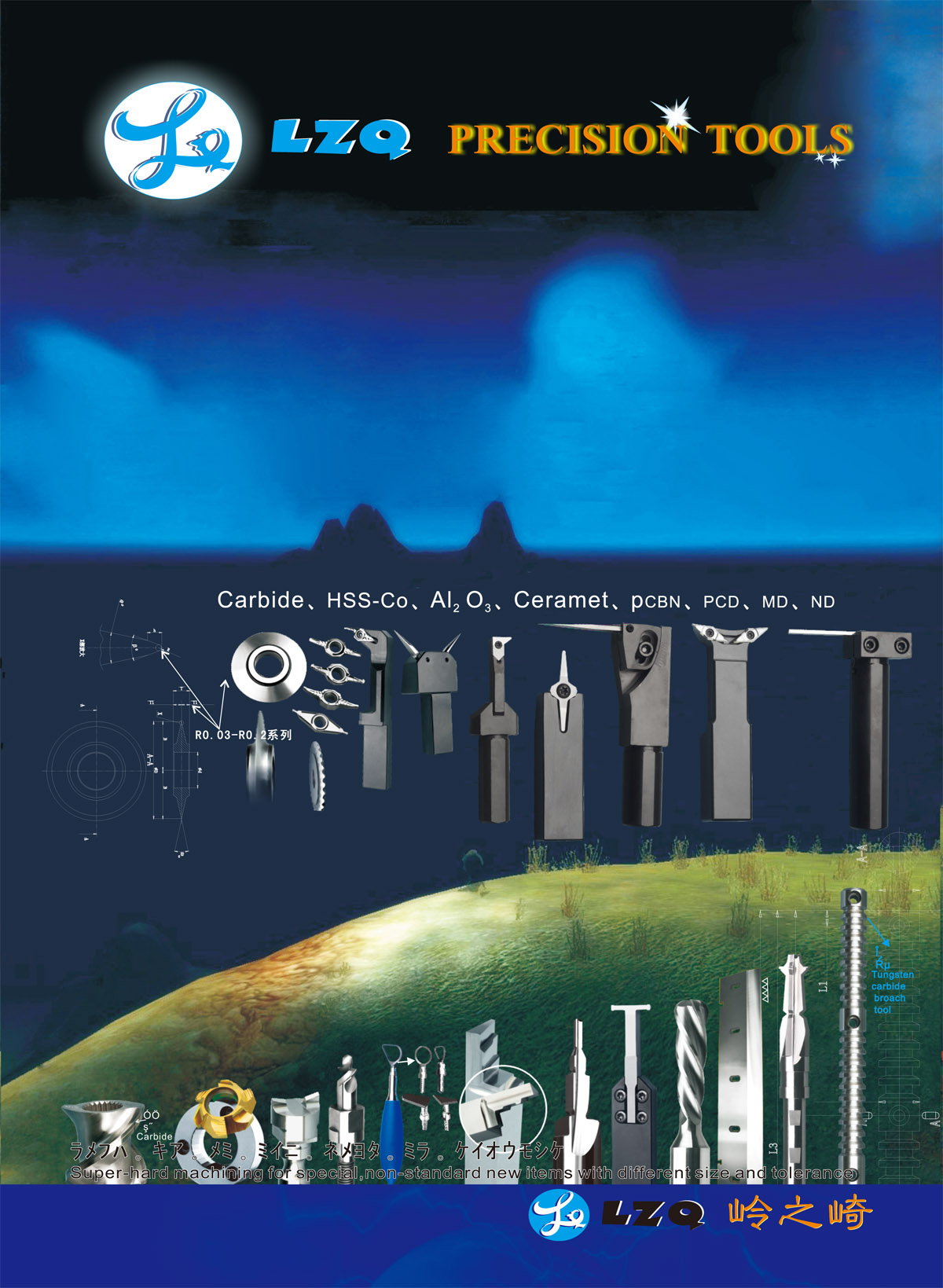
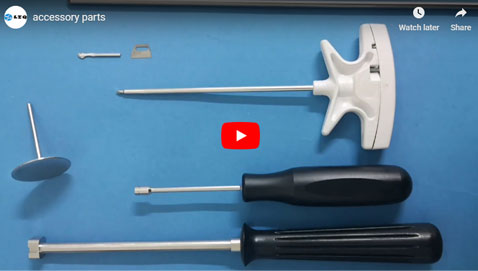
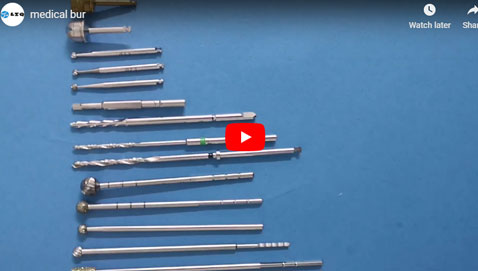
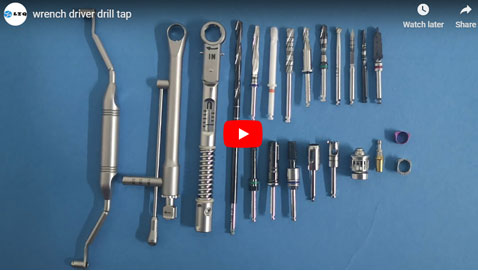
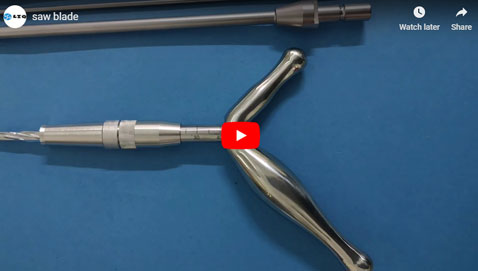
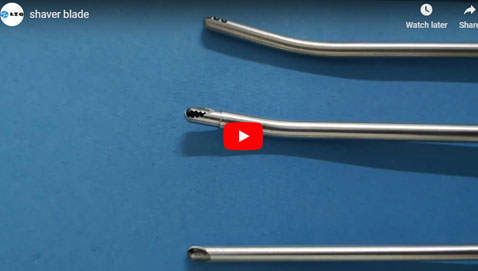

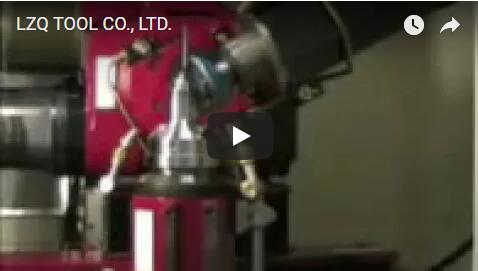
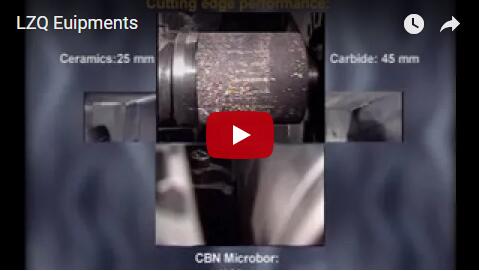
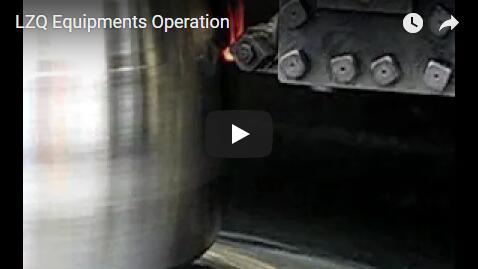
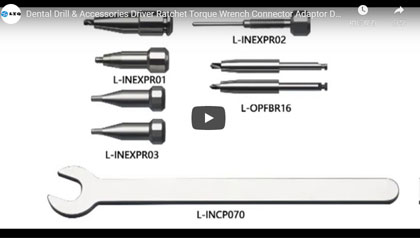
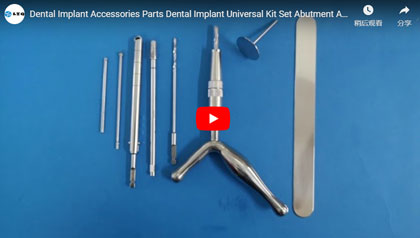
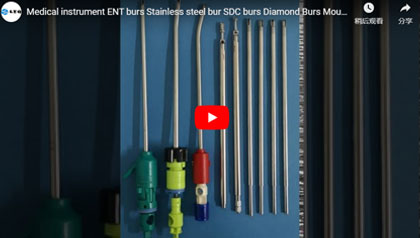
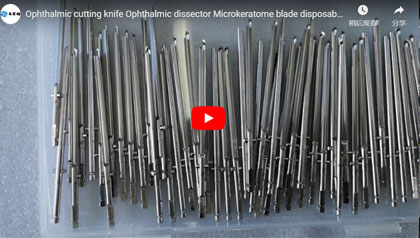
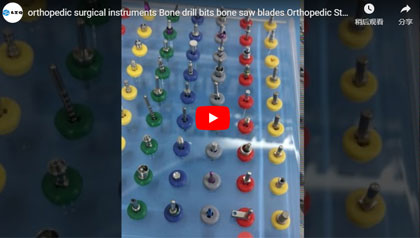
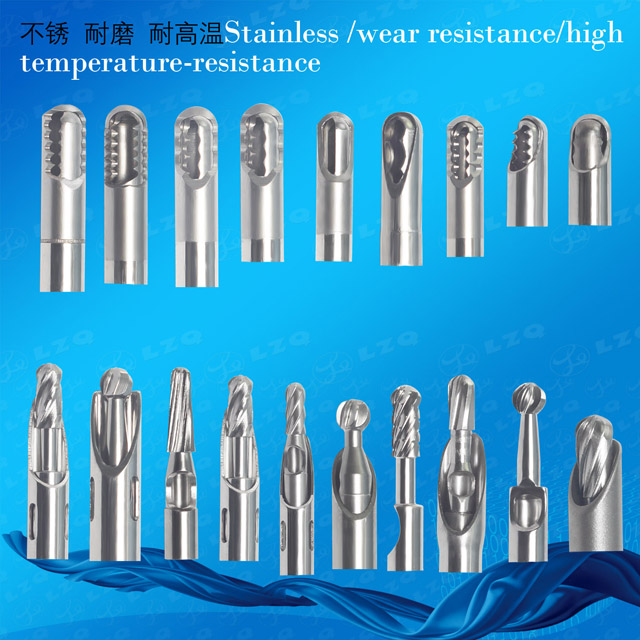
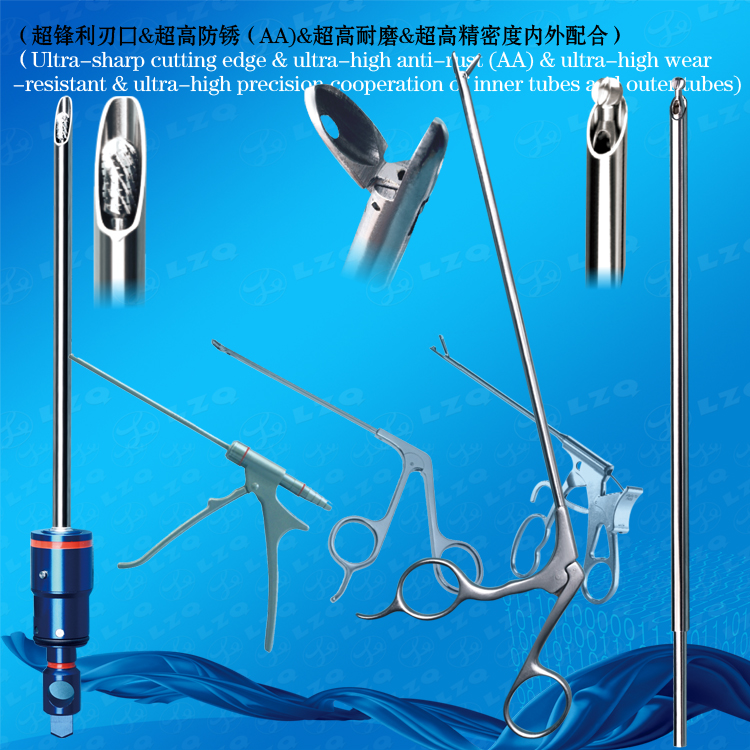
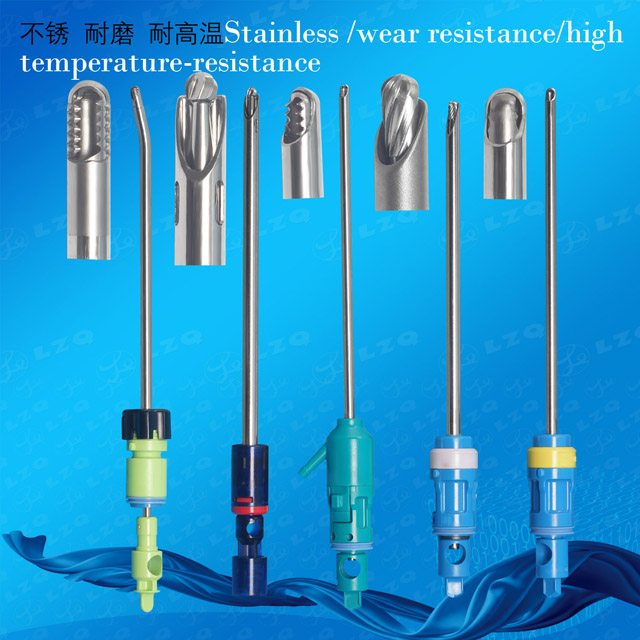
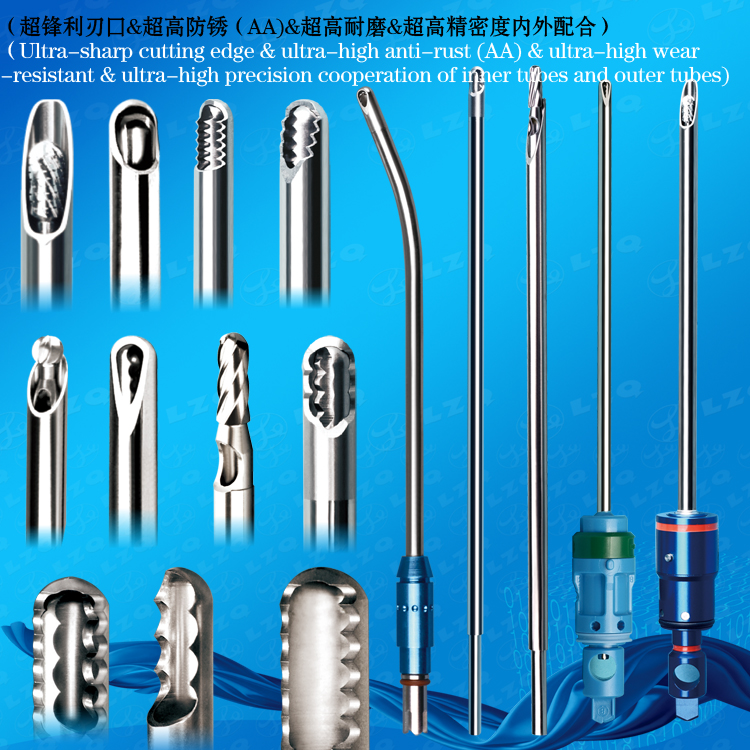
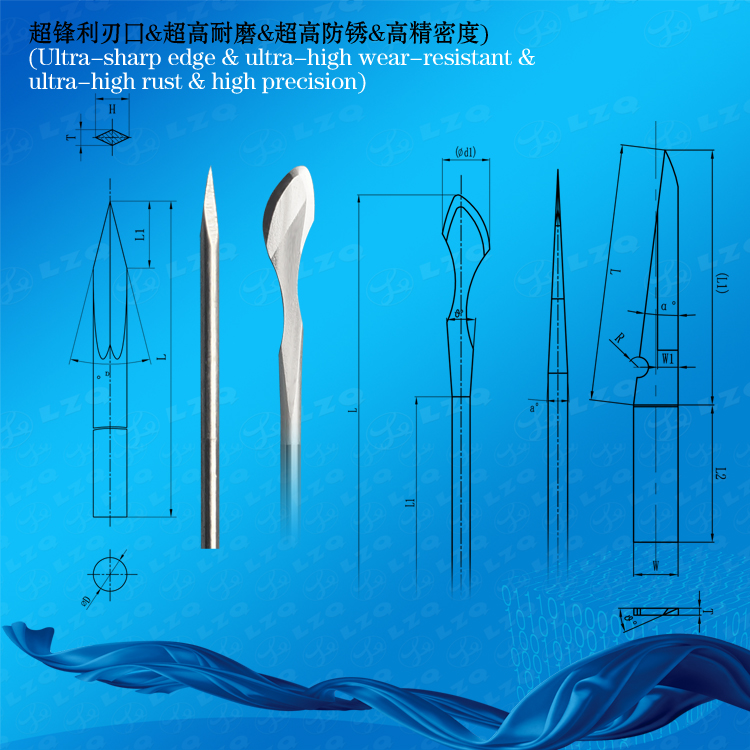
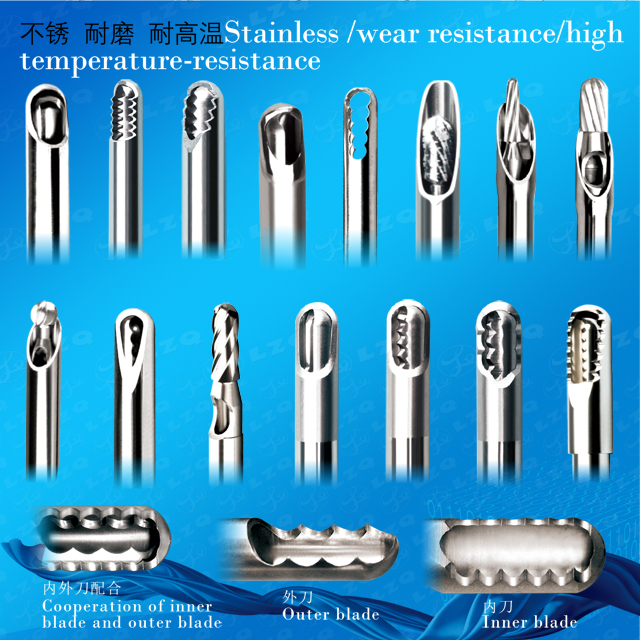
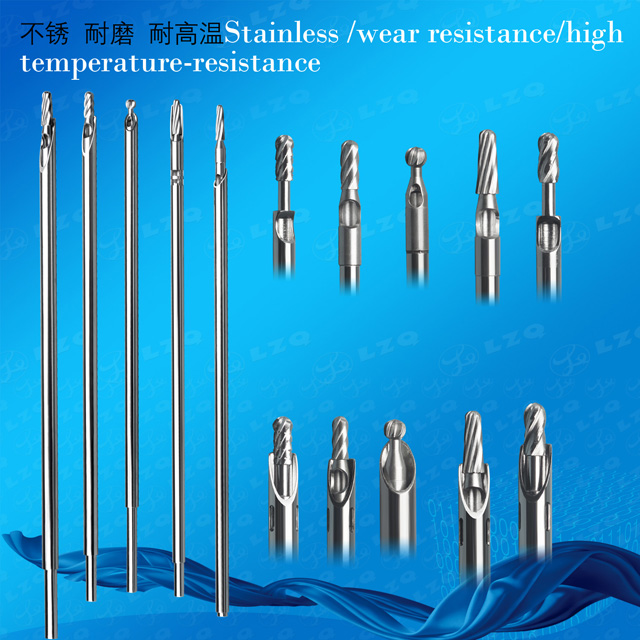
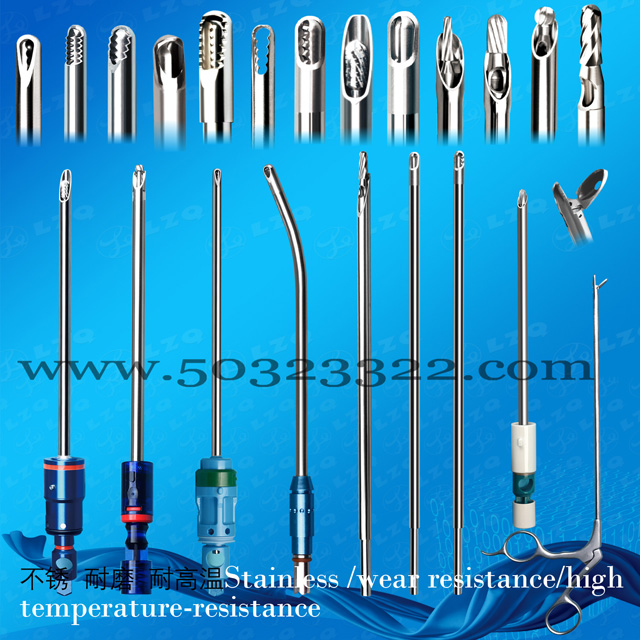
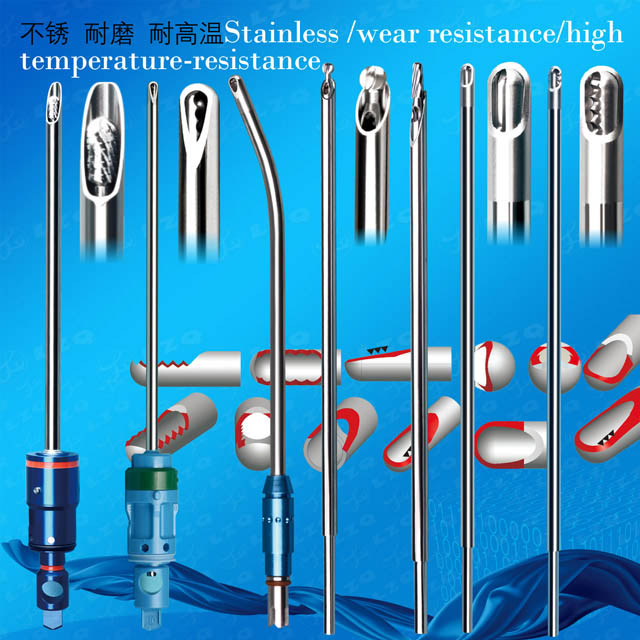
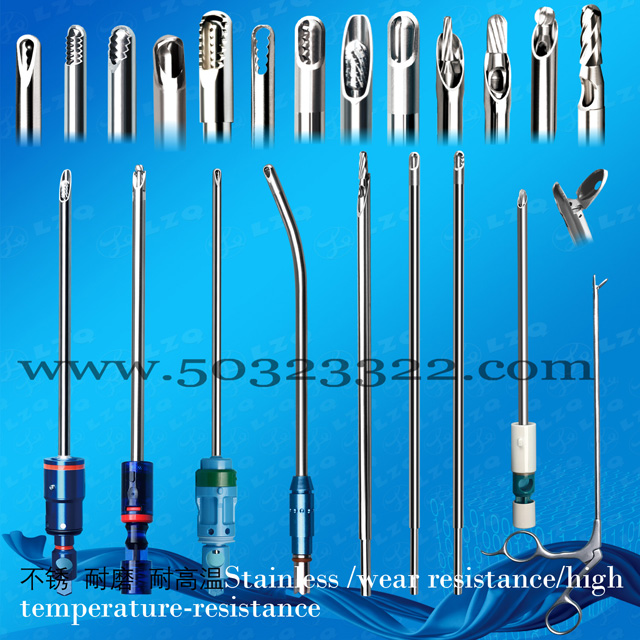
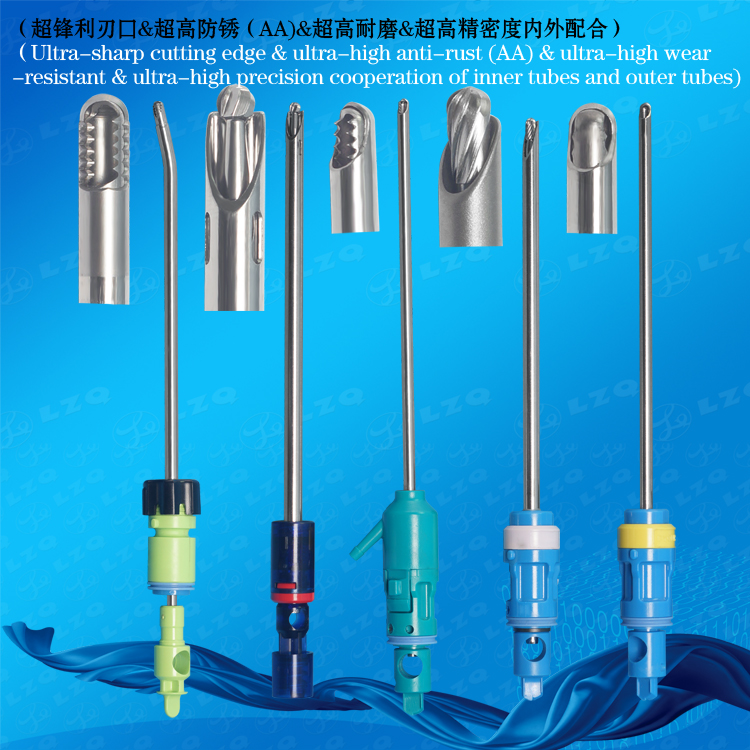
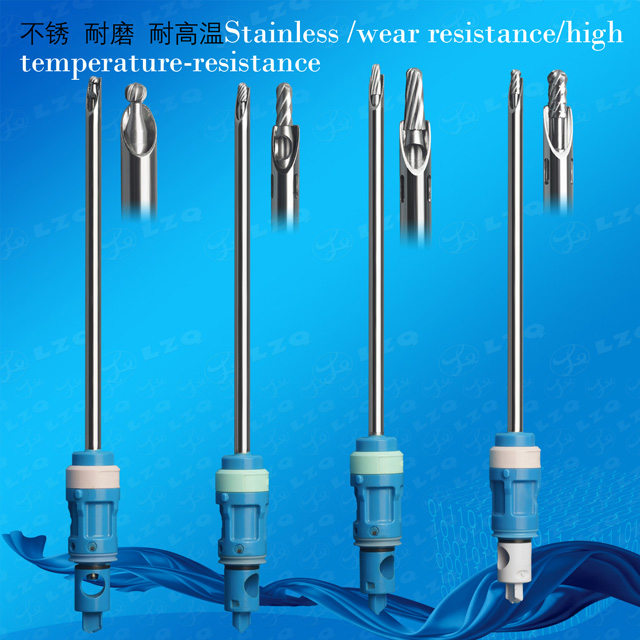
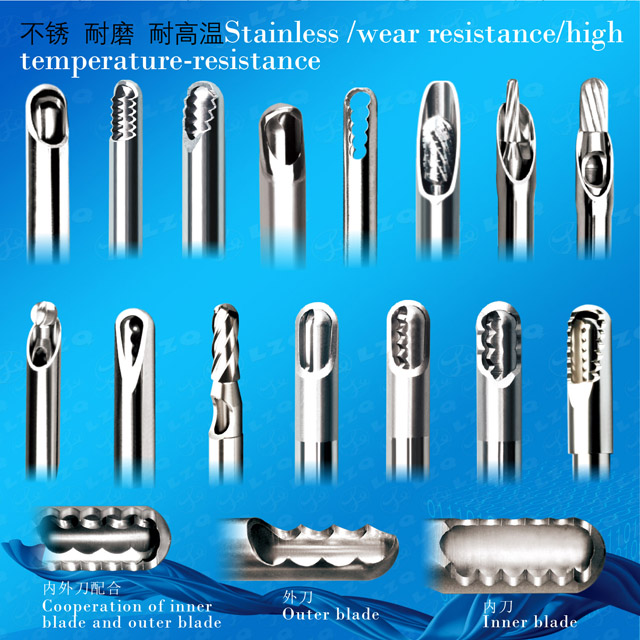
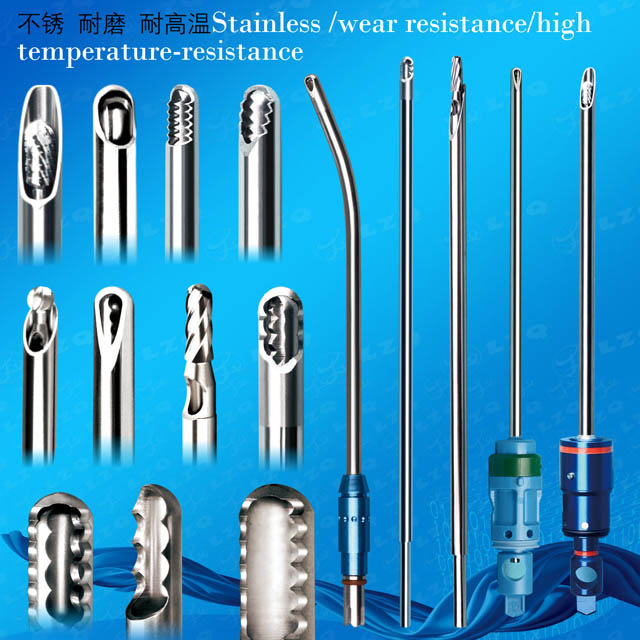
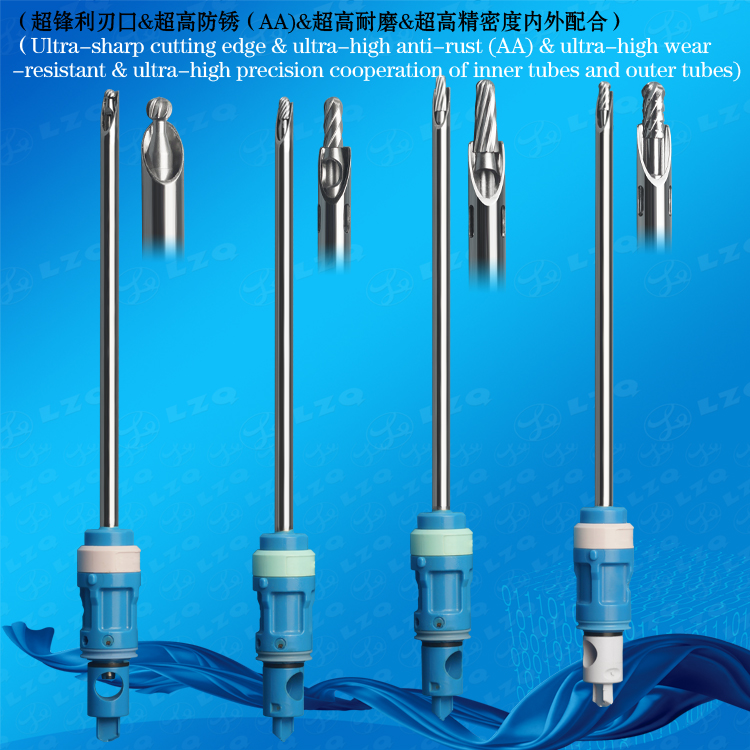
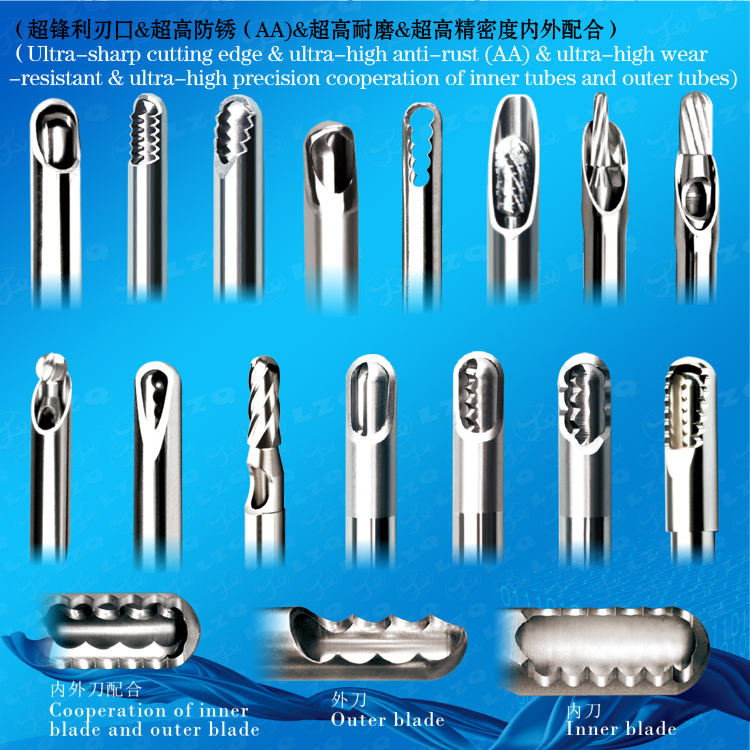
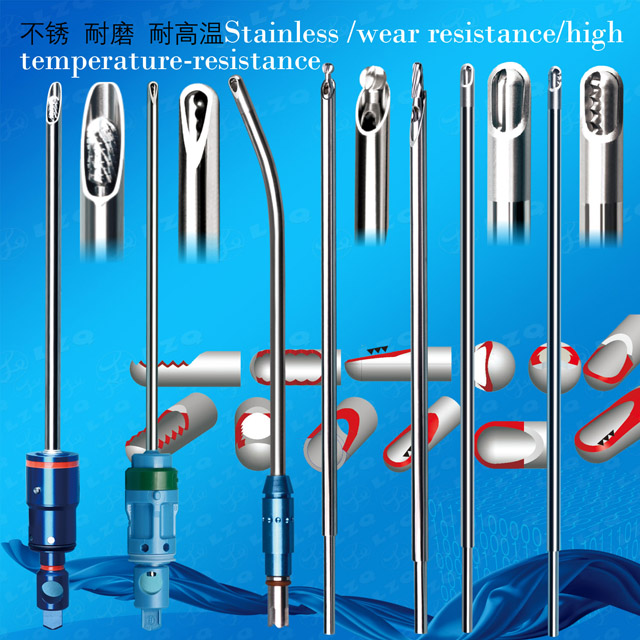
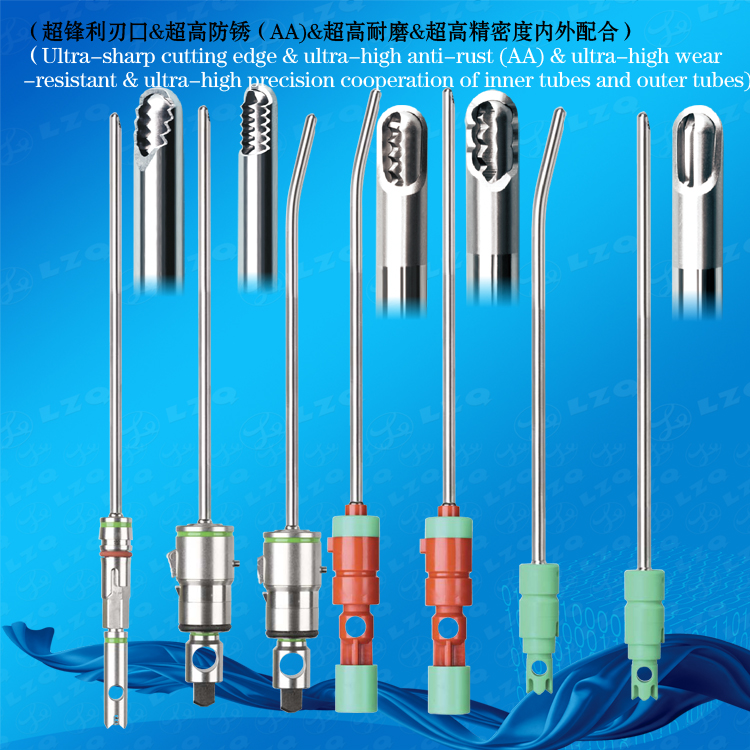
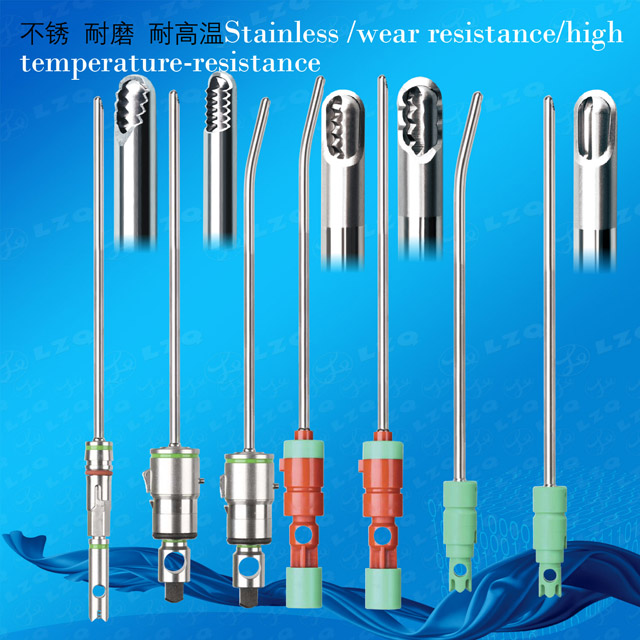
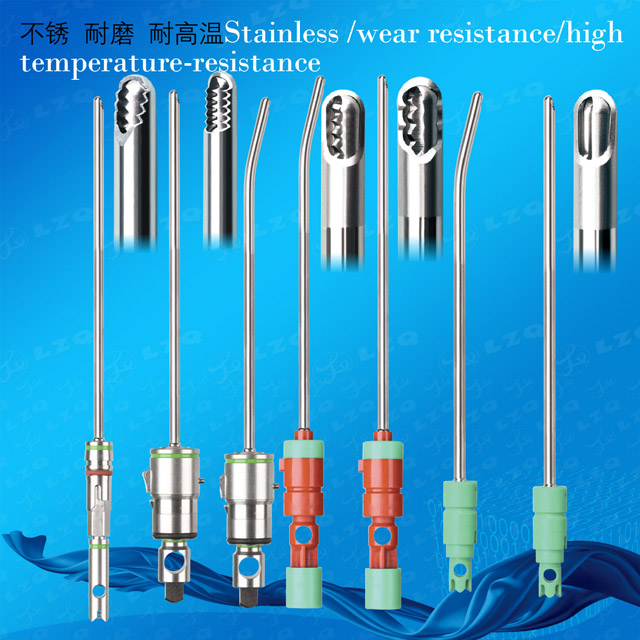
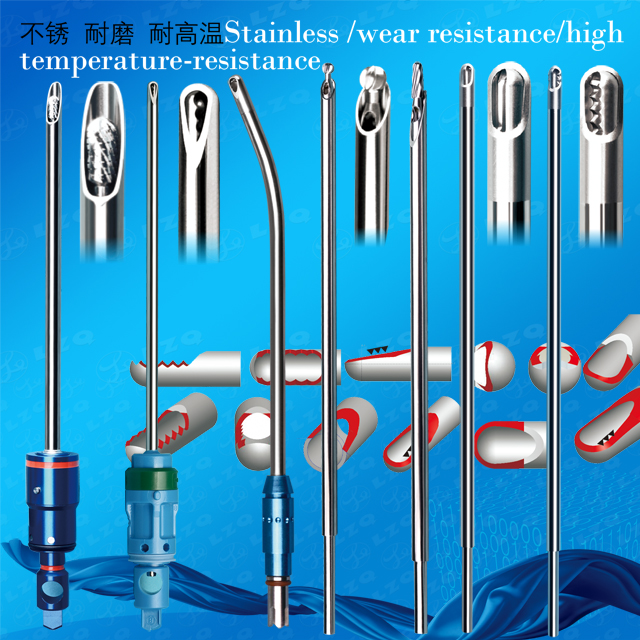
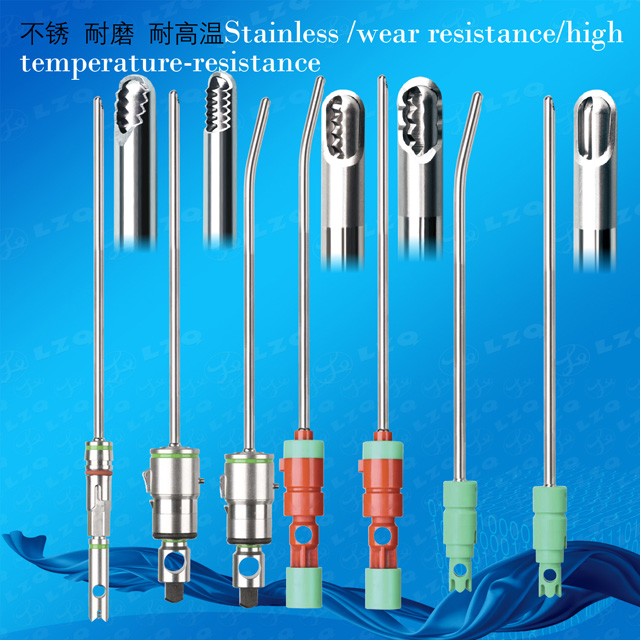
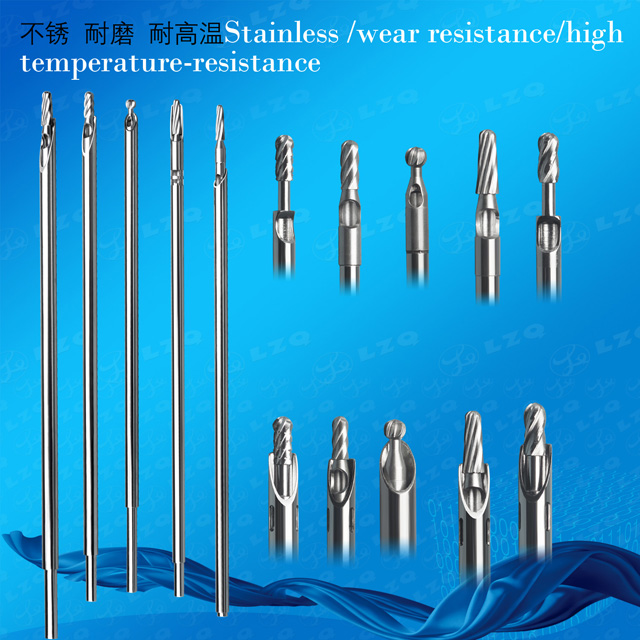

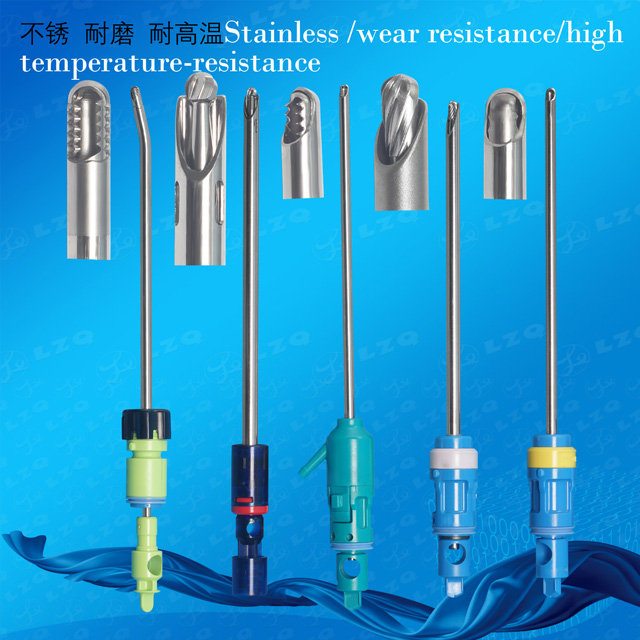

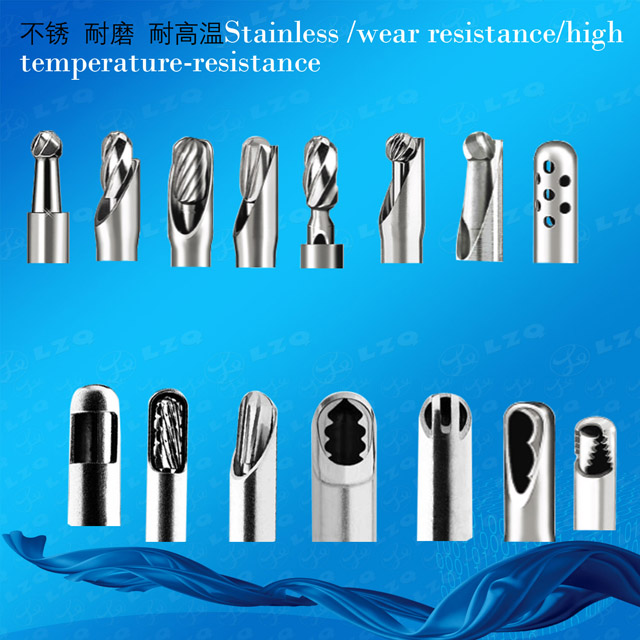
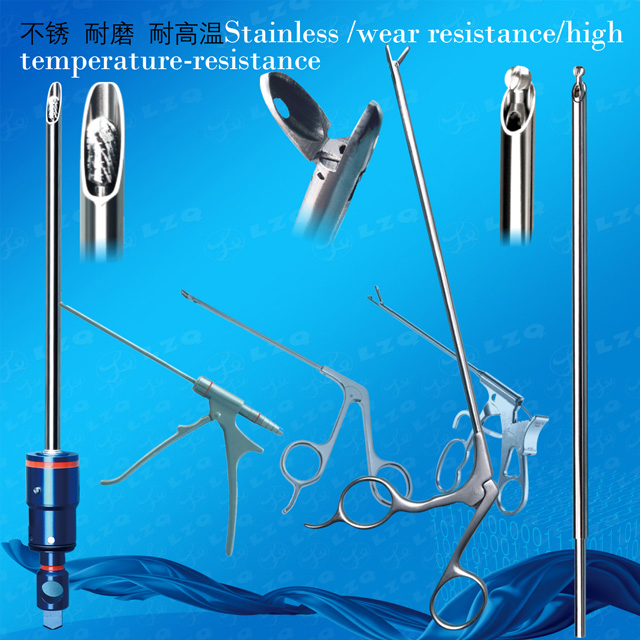
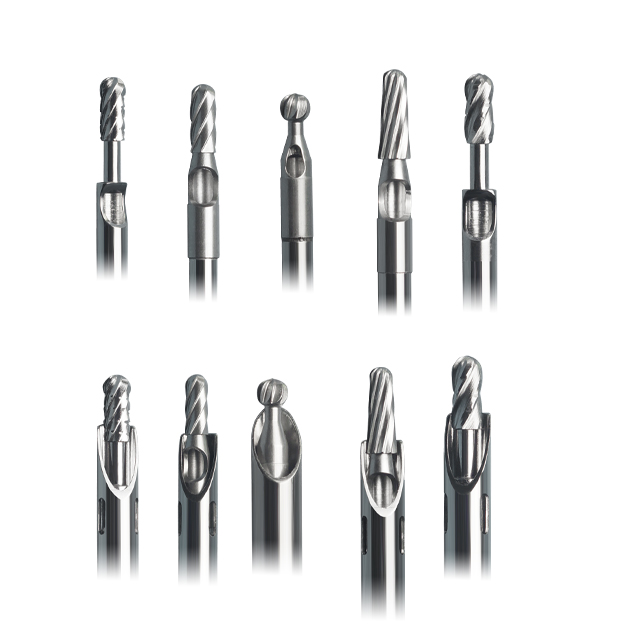
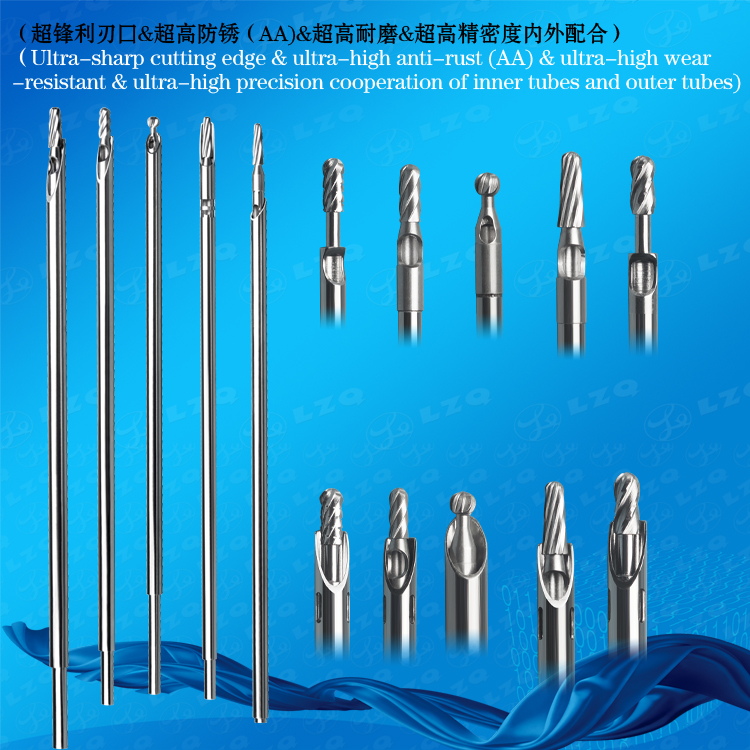
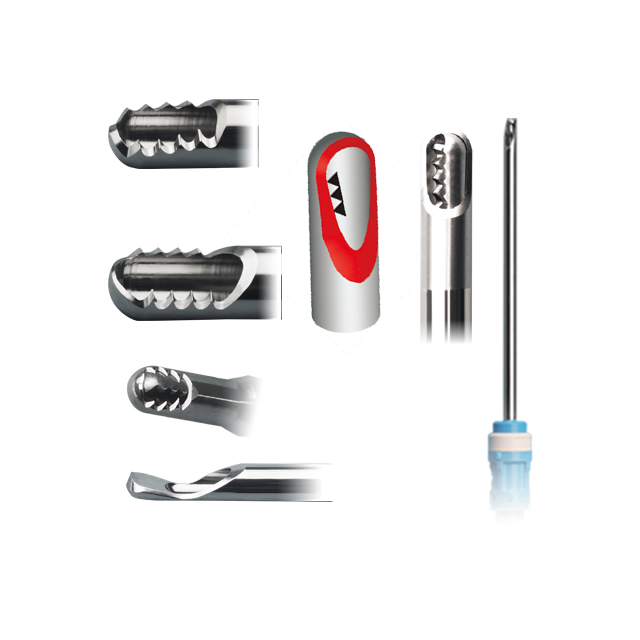
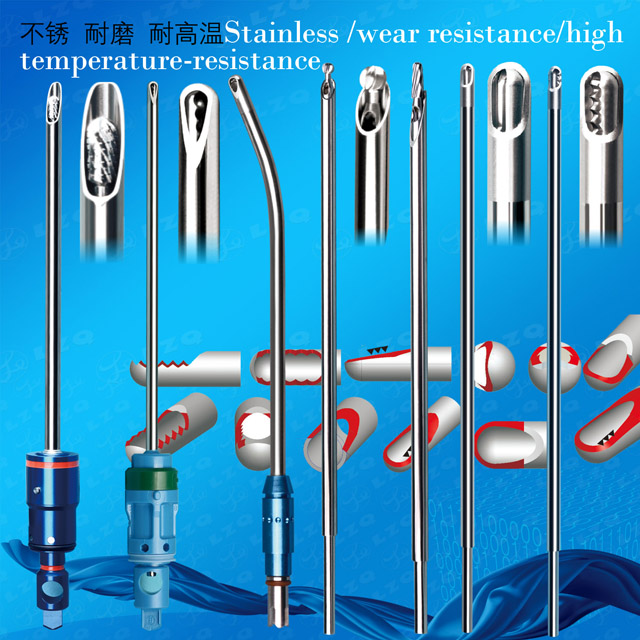
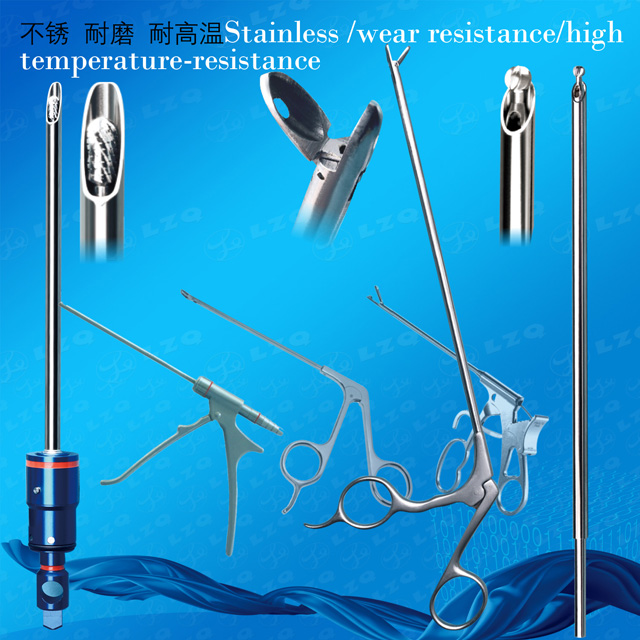
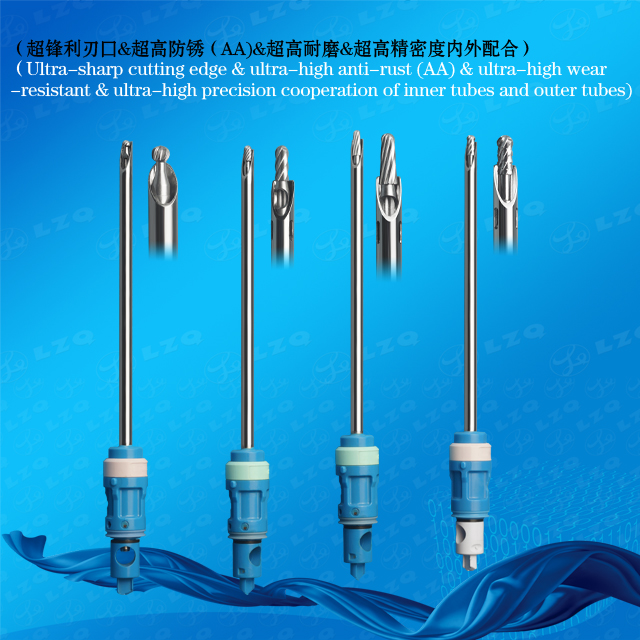
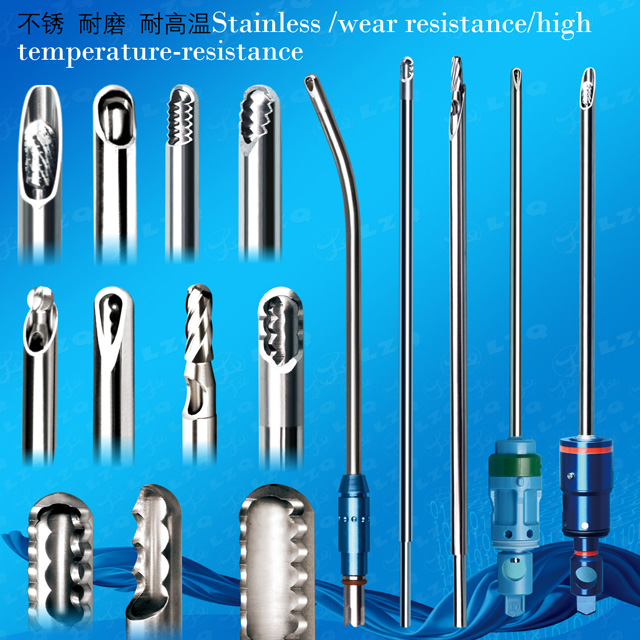
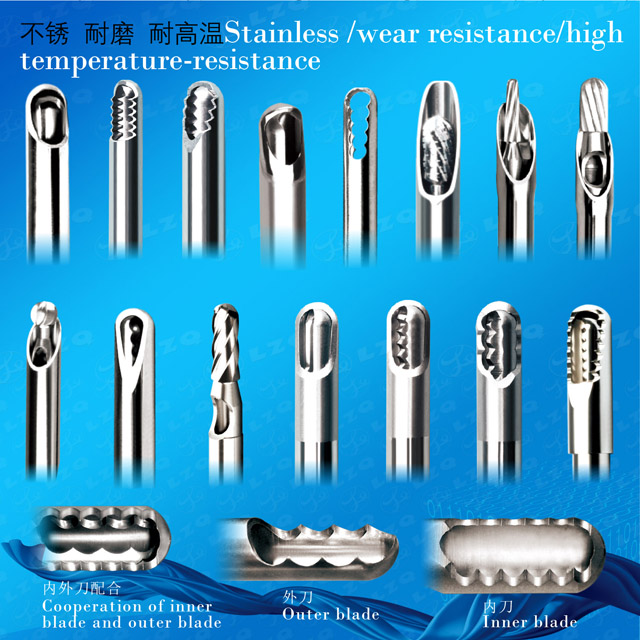
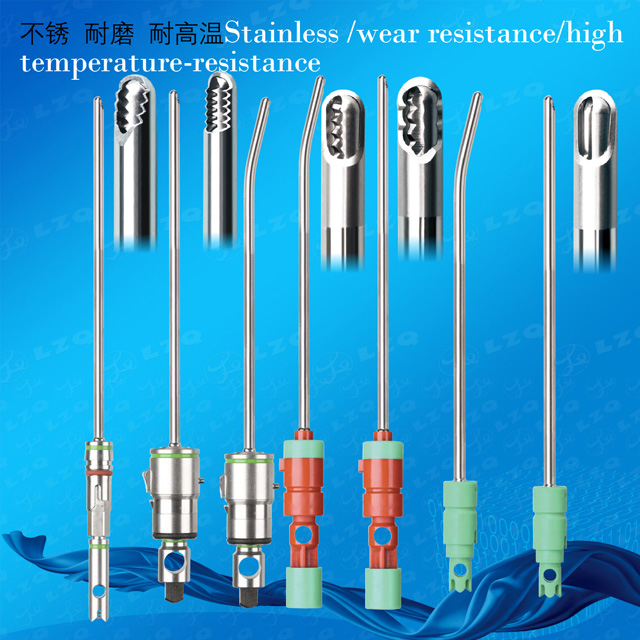
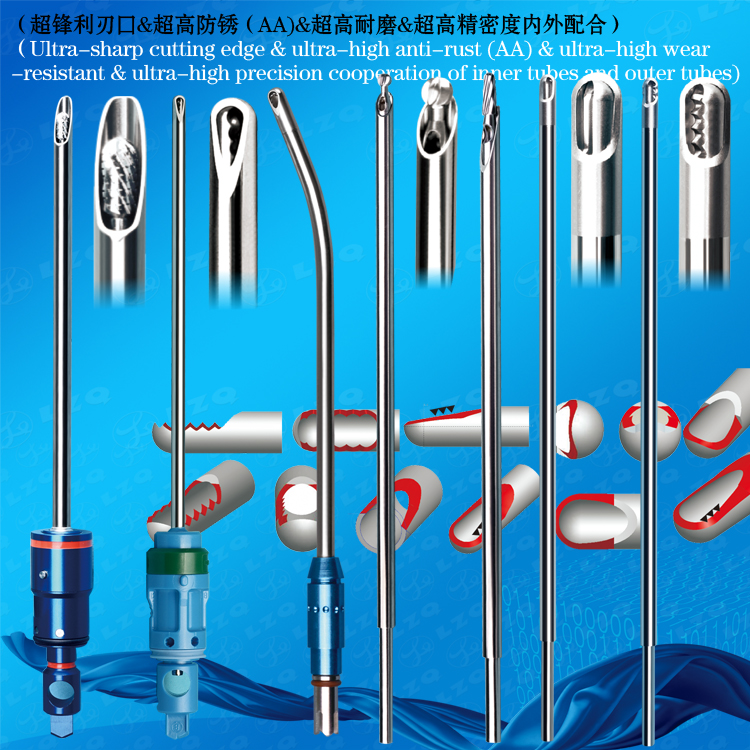
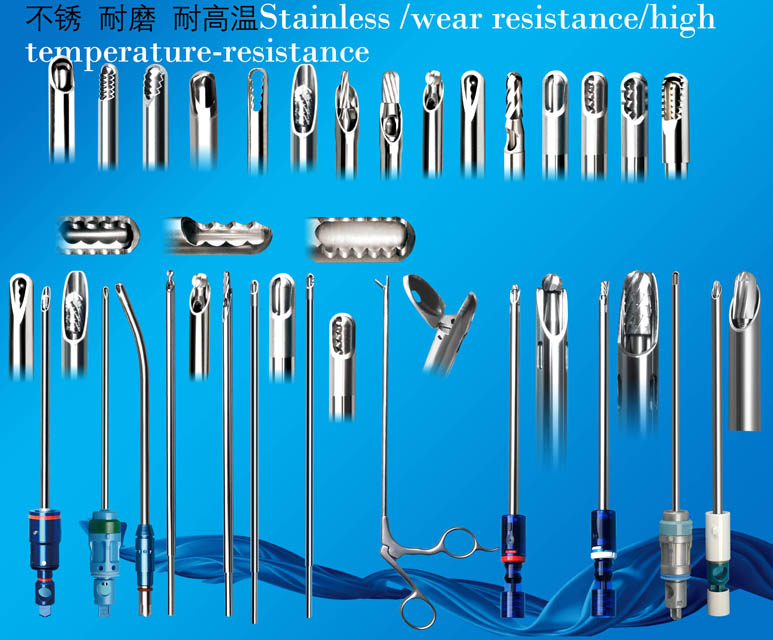
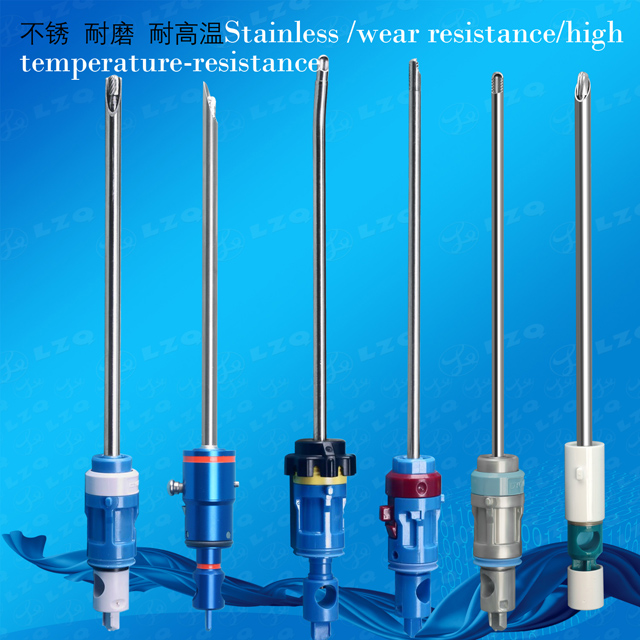
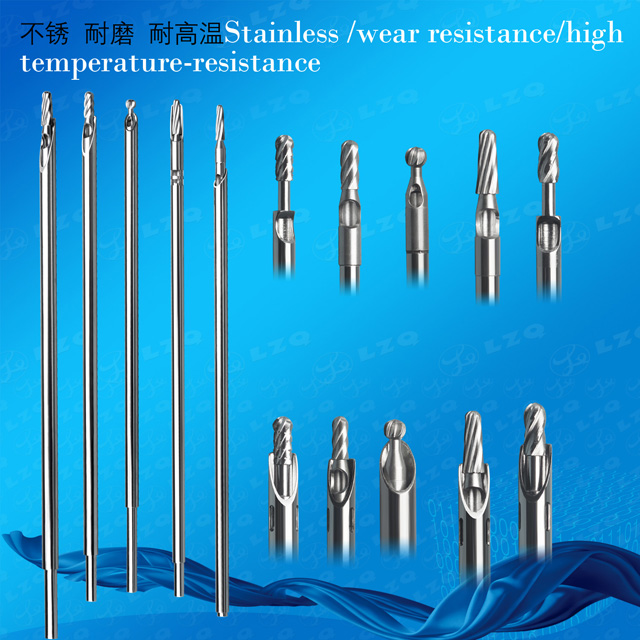
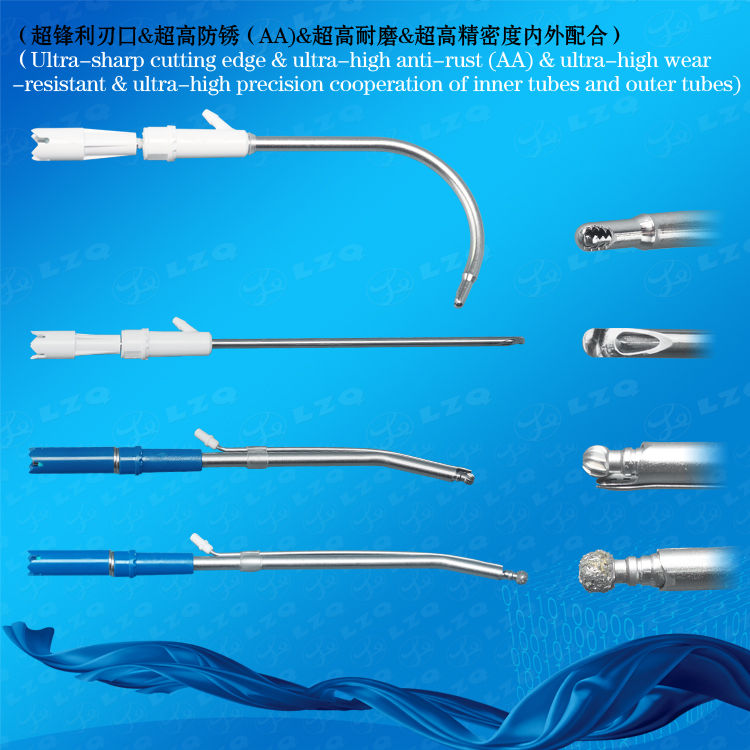
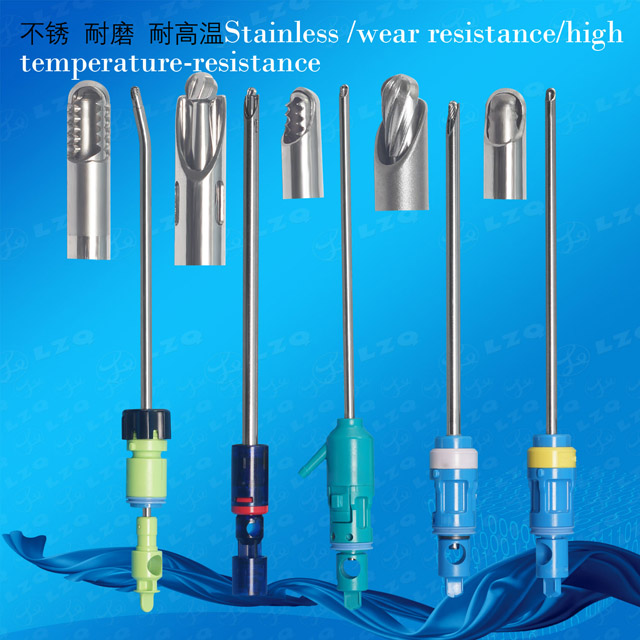
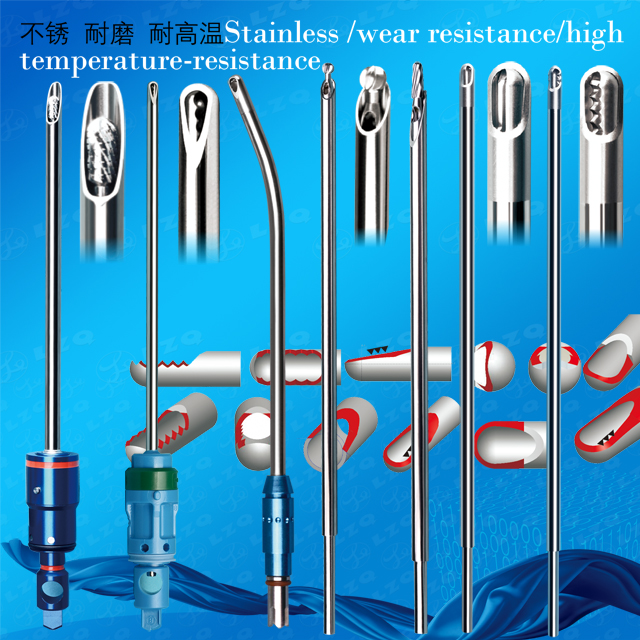
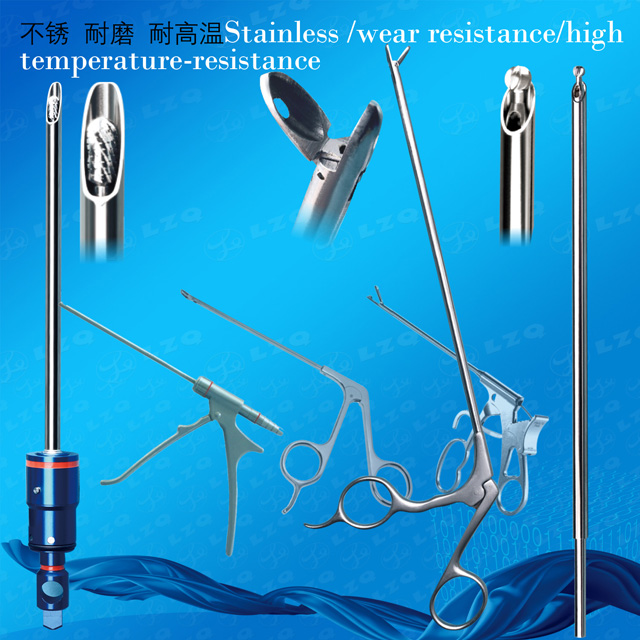
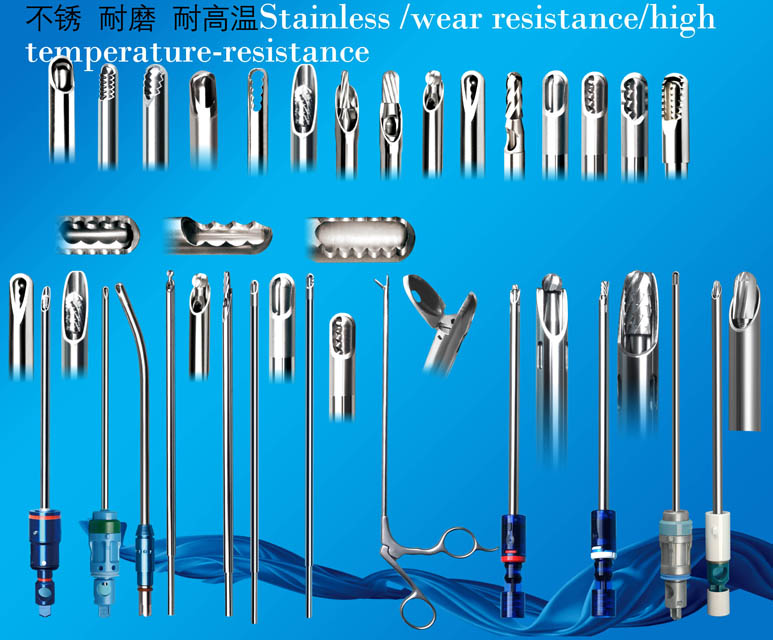
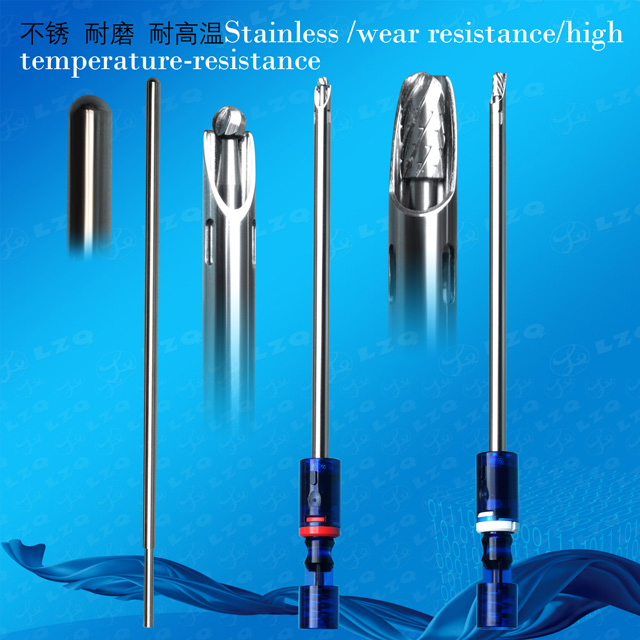
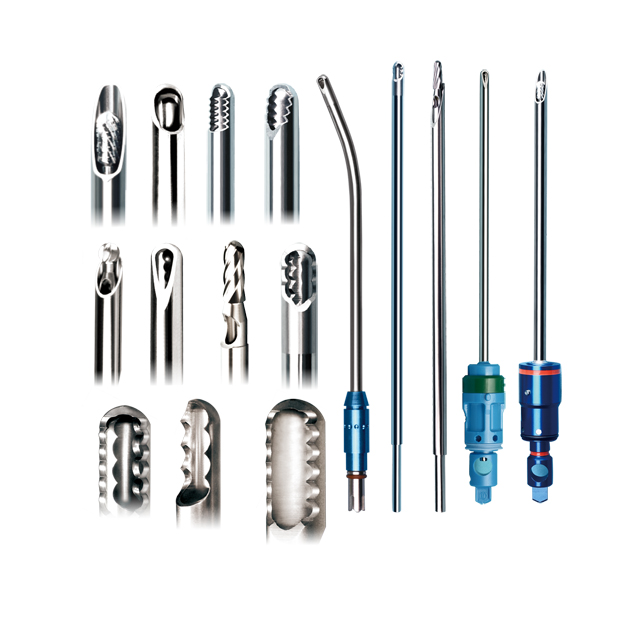
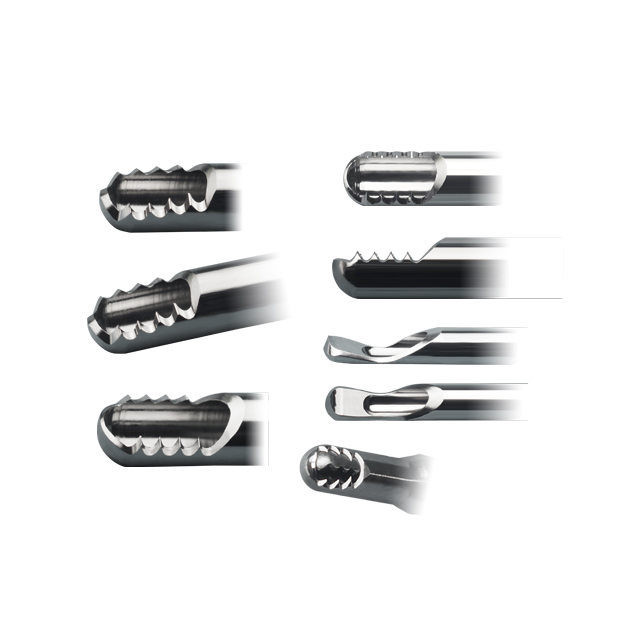
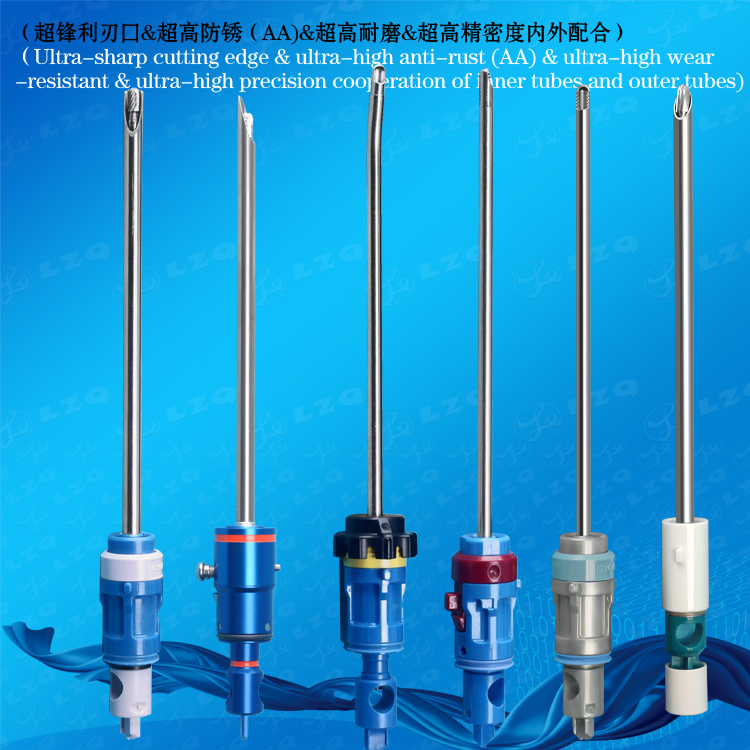
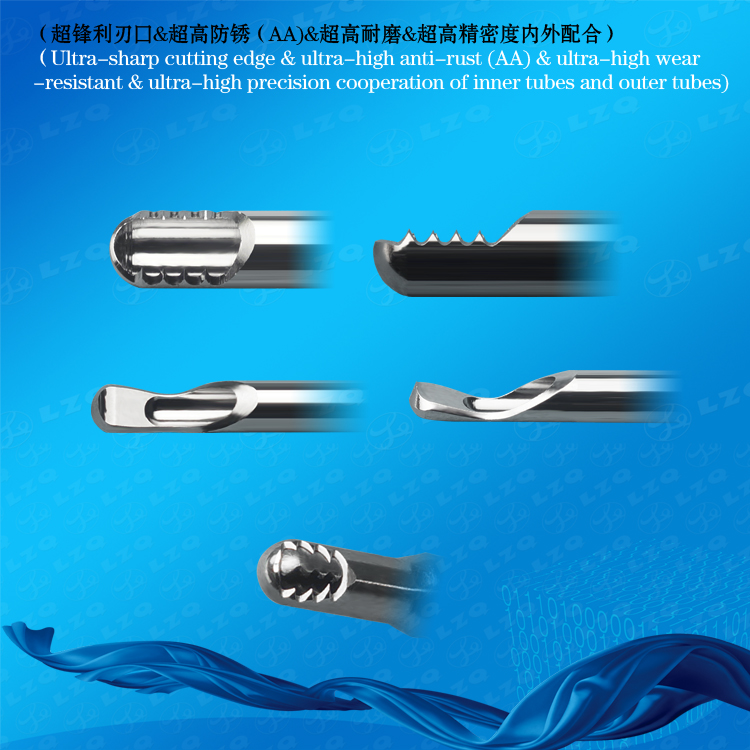
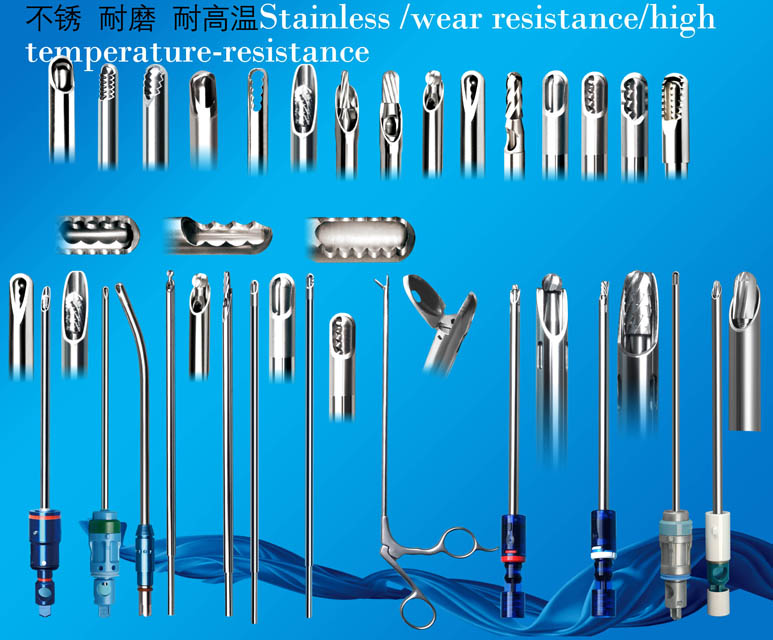
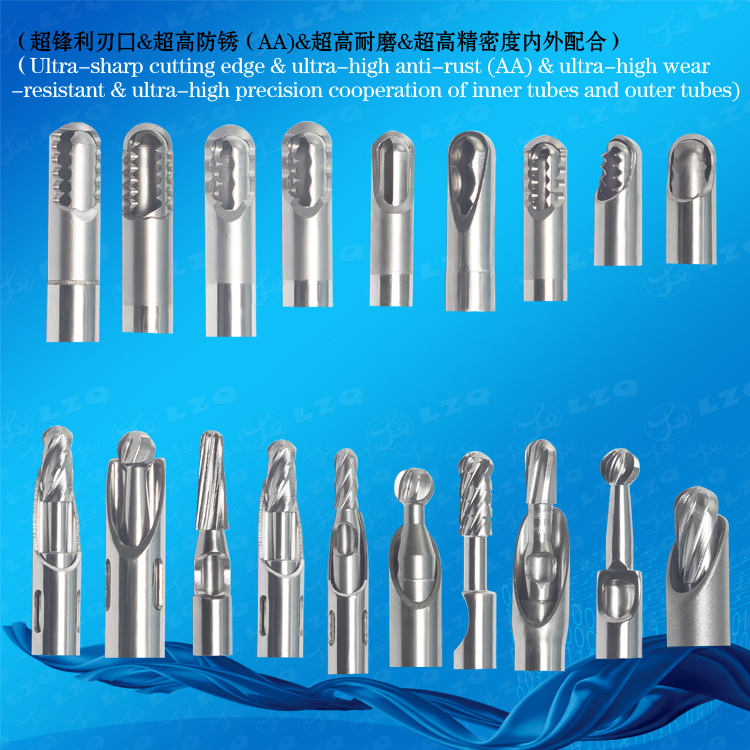
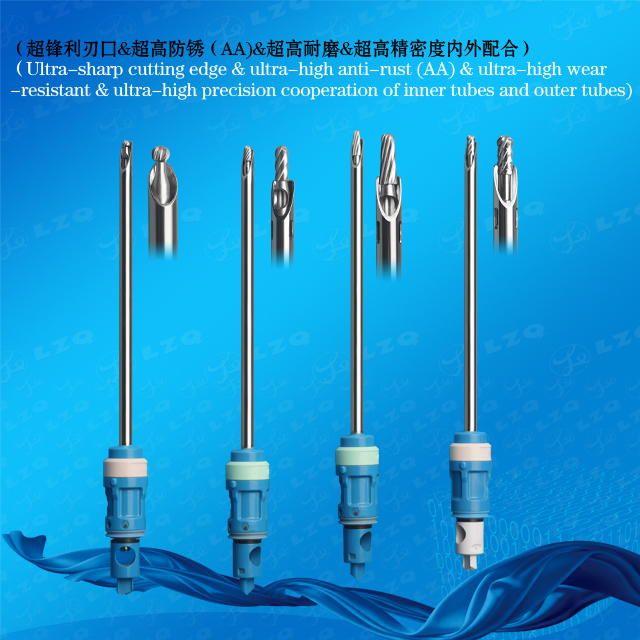
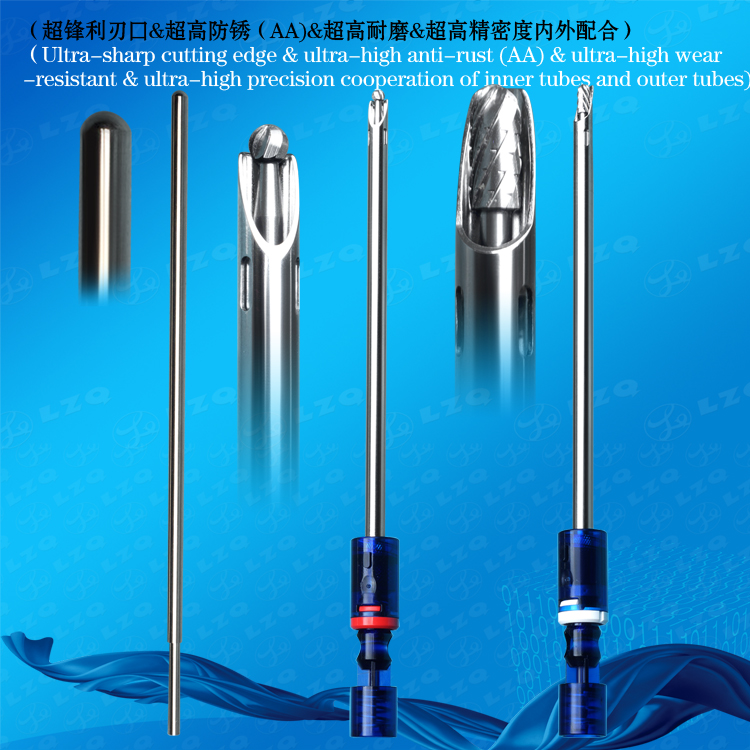
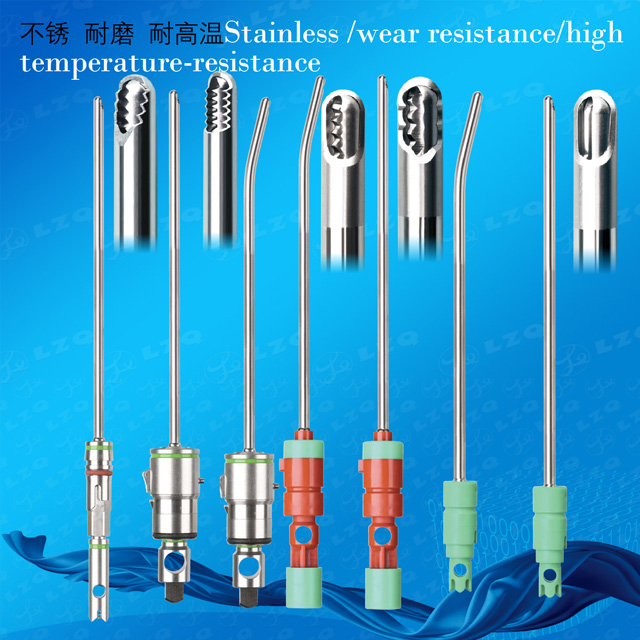
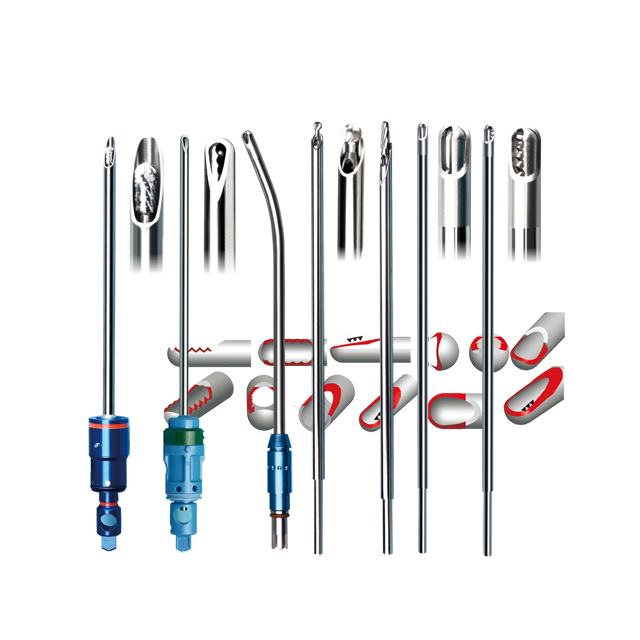
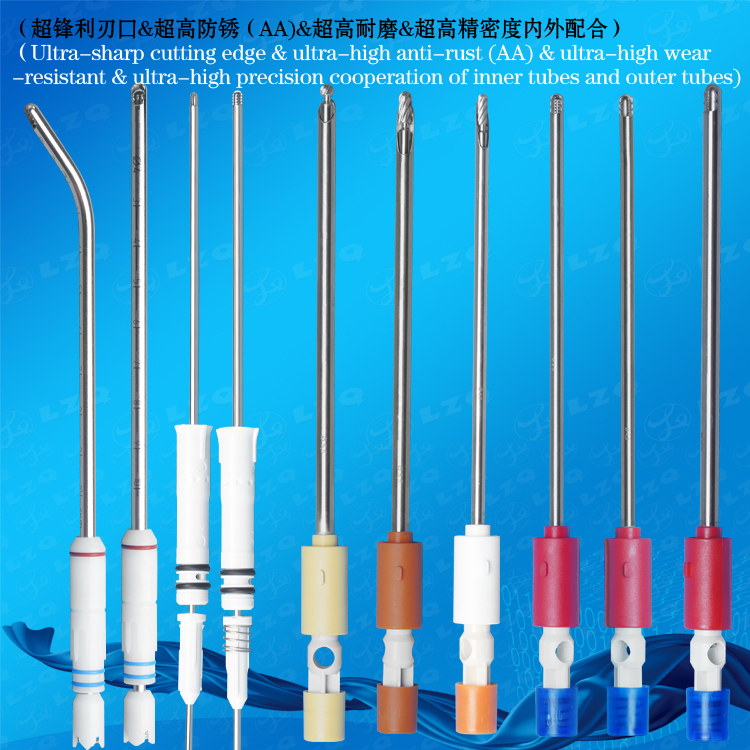
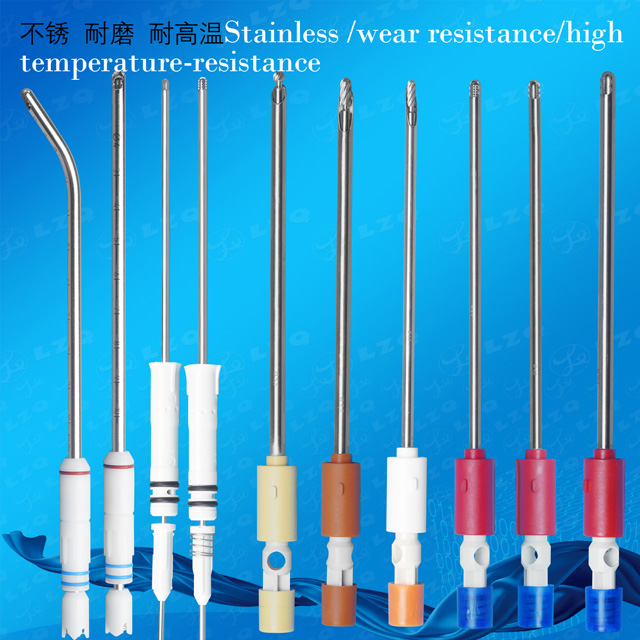
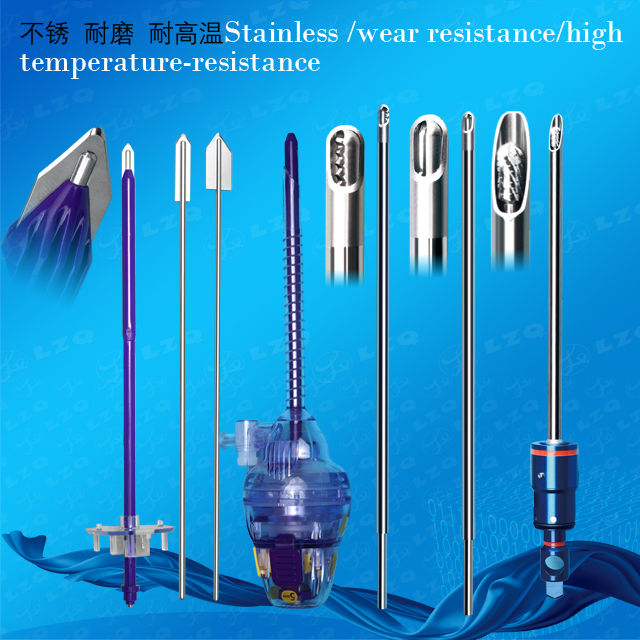
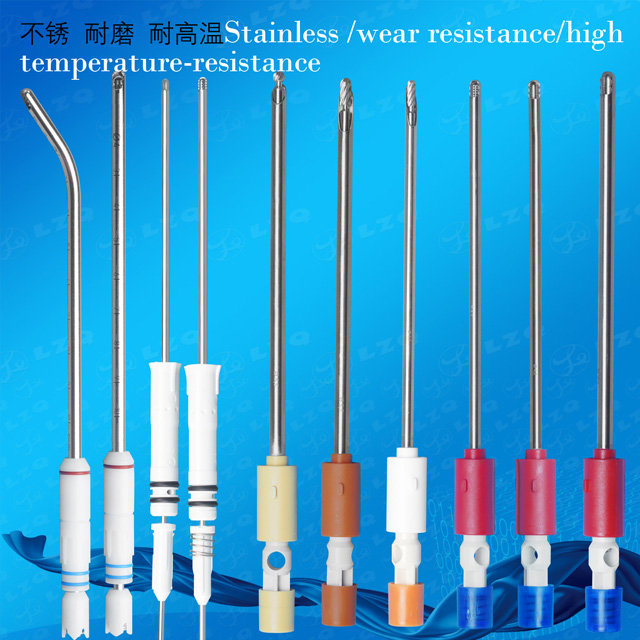
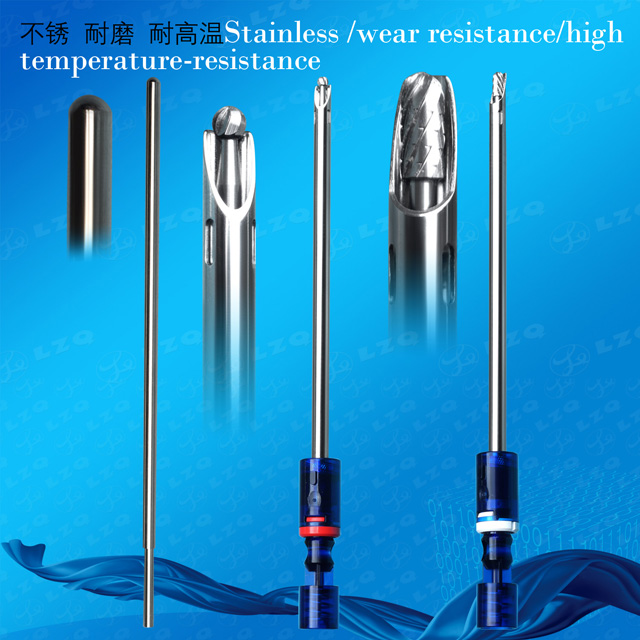
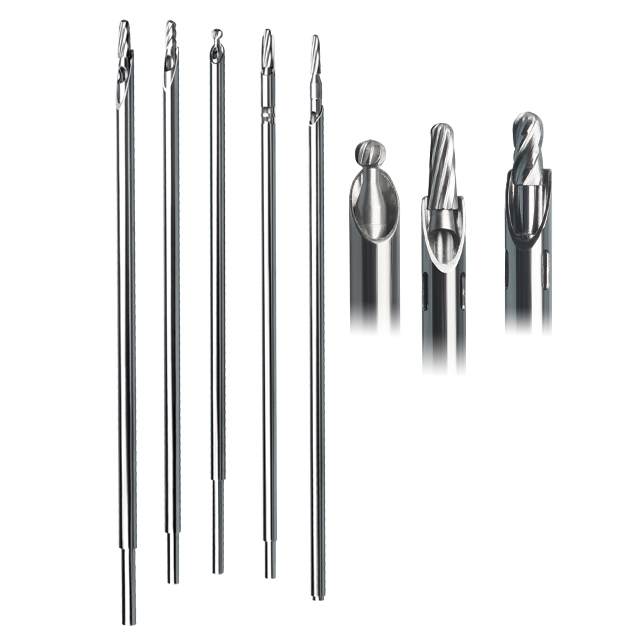
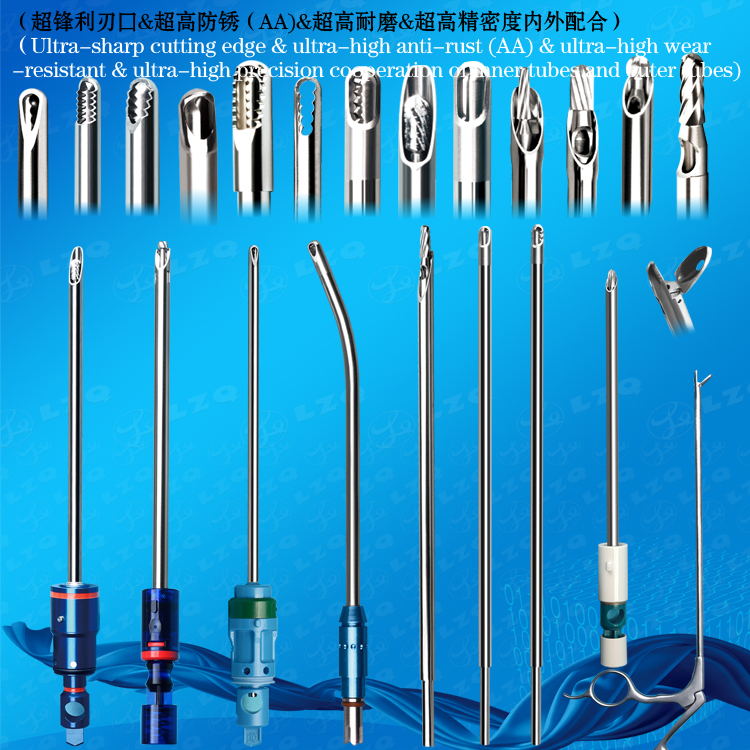
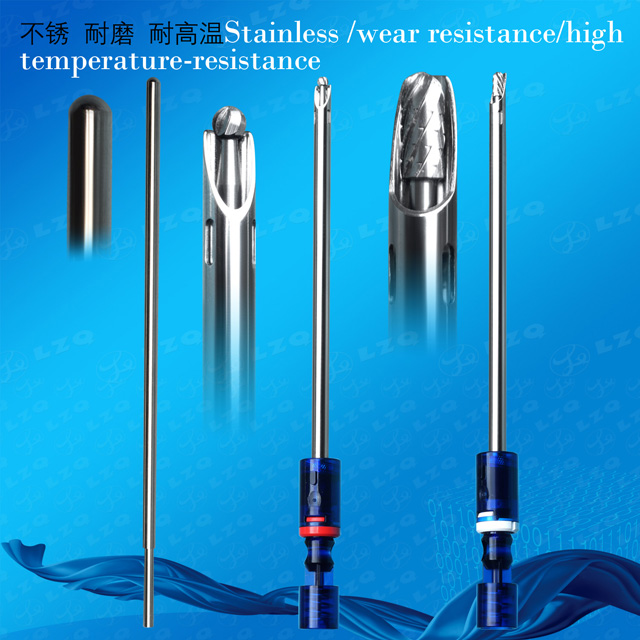
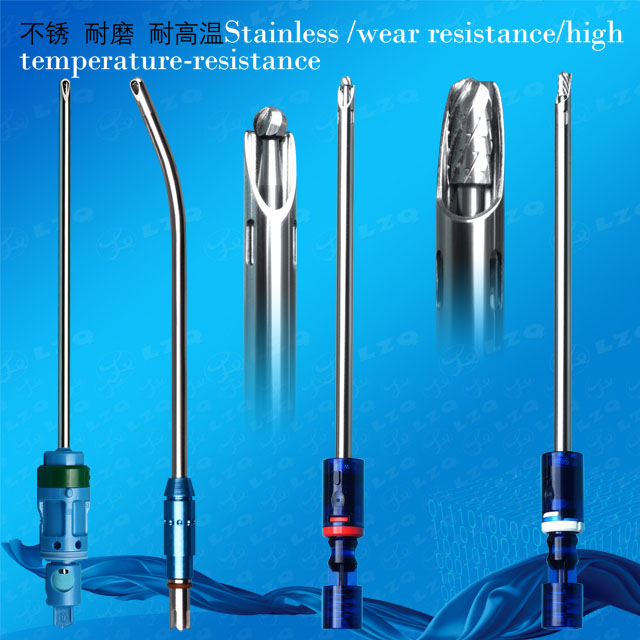
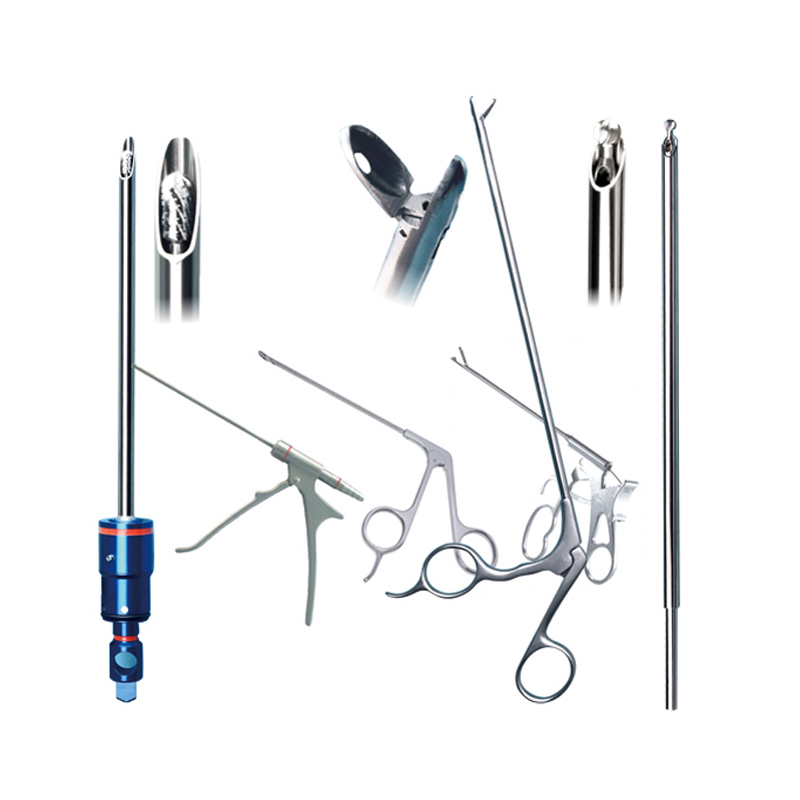
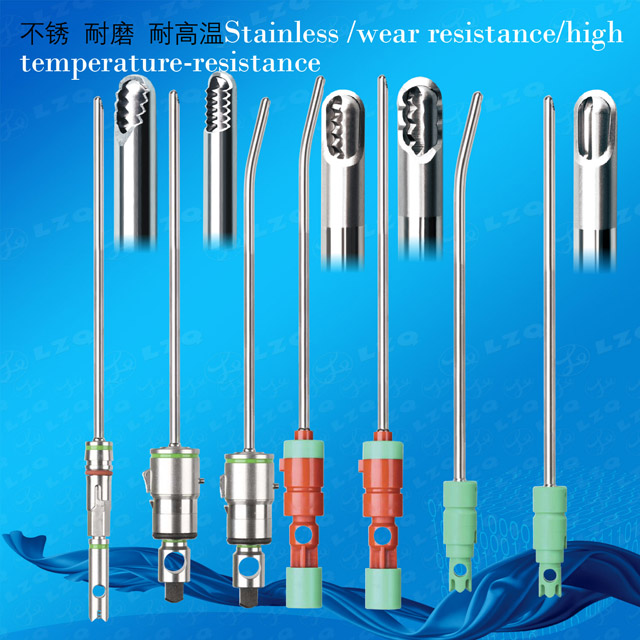
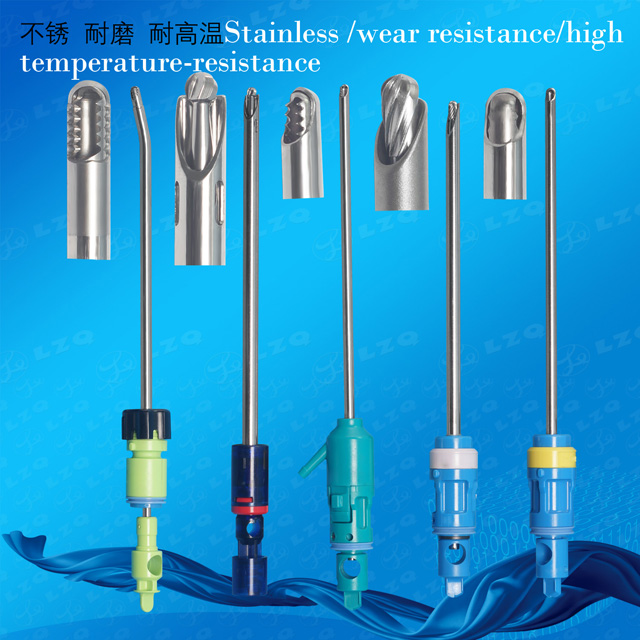

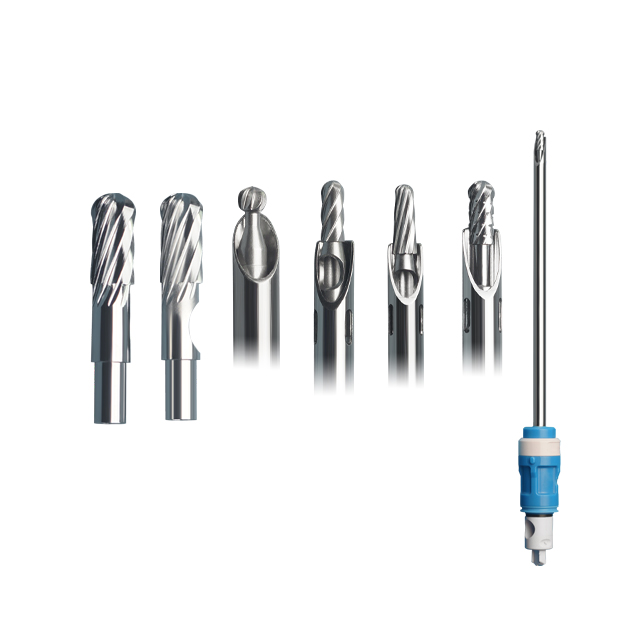
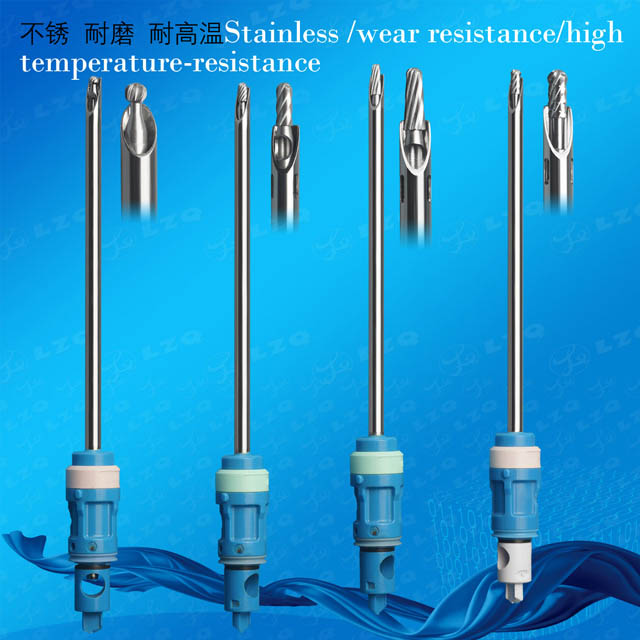
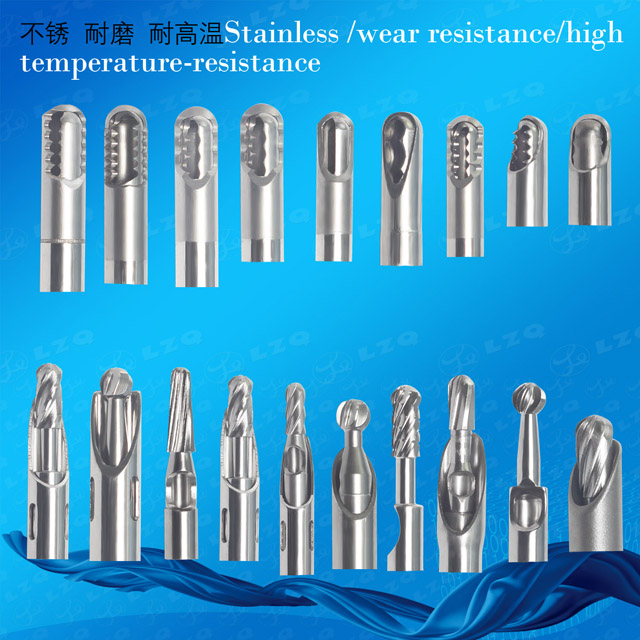
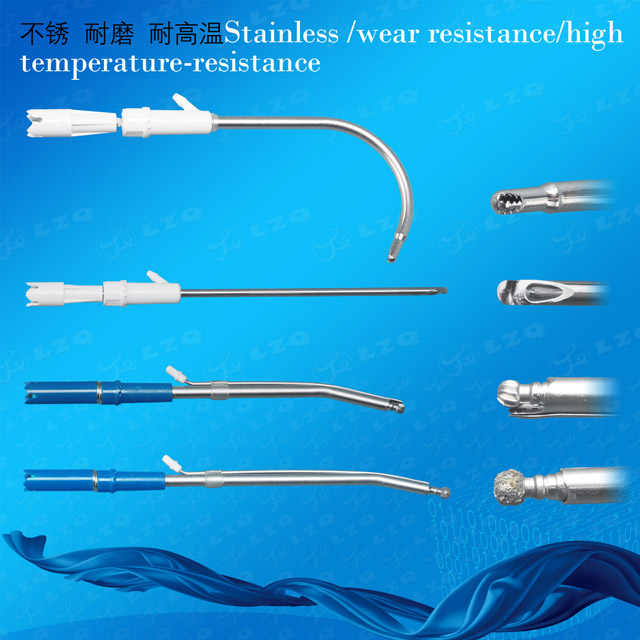
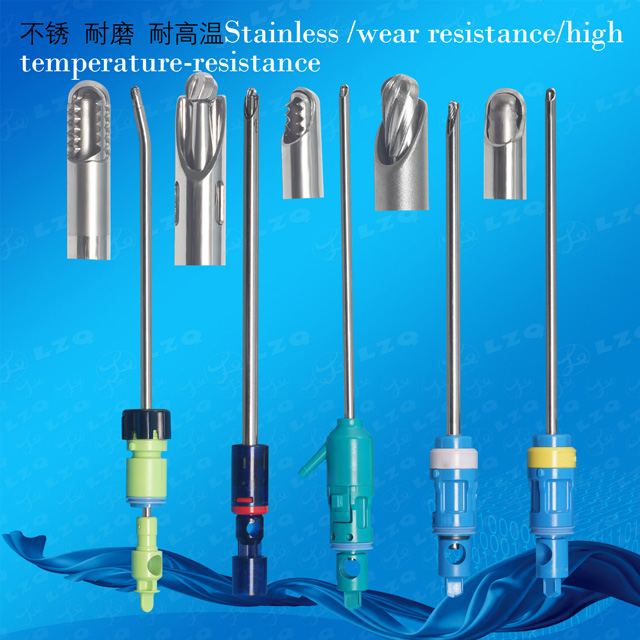
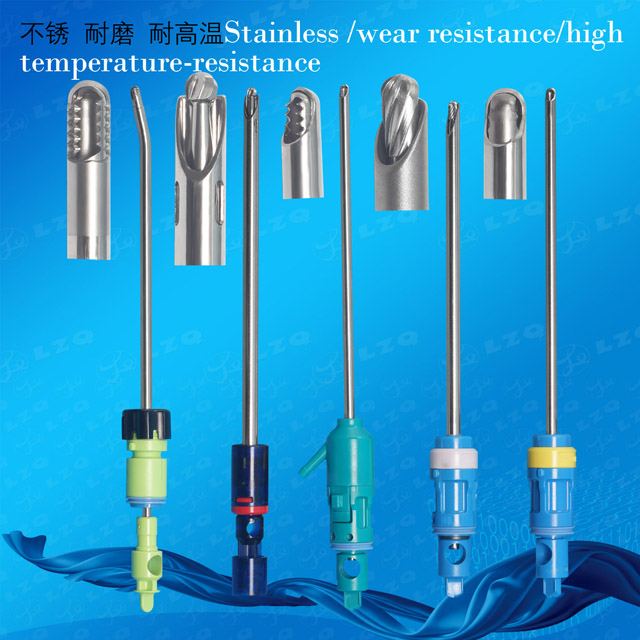
 +86-021-50327060
+86-021-50327060 
 NO.1269 Plant, Jinhu Road, Jinqiao Export Processing Zone, Pudong New District, Shanghai, China.
NO.1269 Plant, Jinhu Road, Jinqiao Export Processing Zone, Pudong New District, Shanghai, China. 
